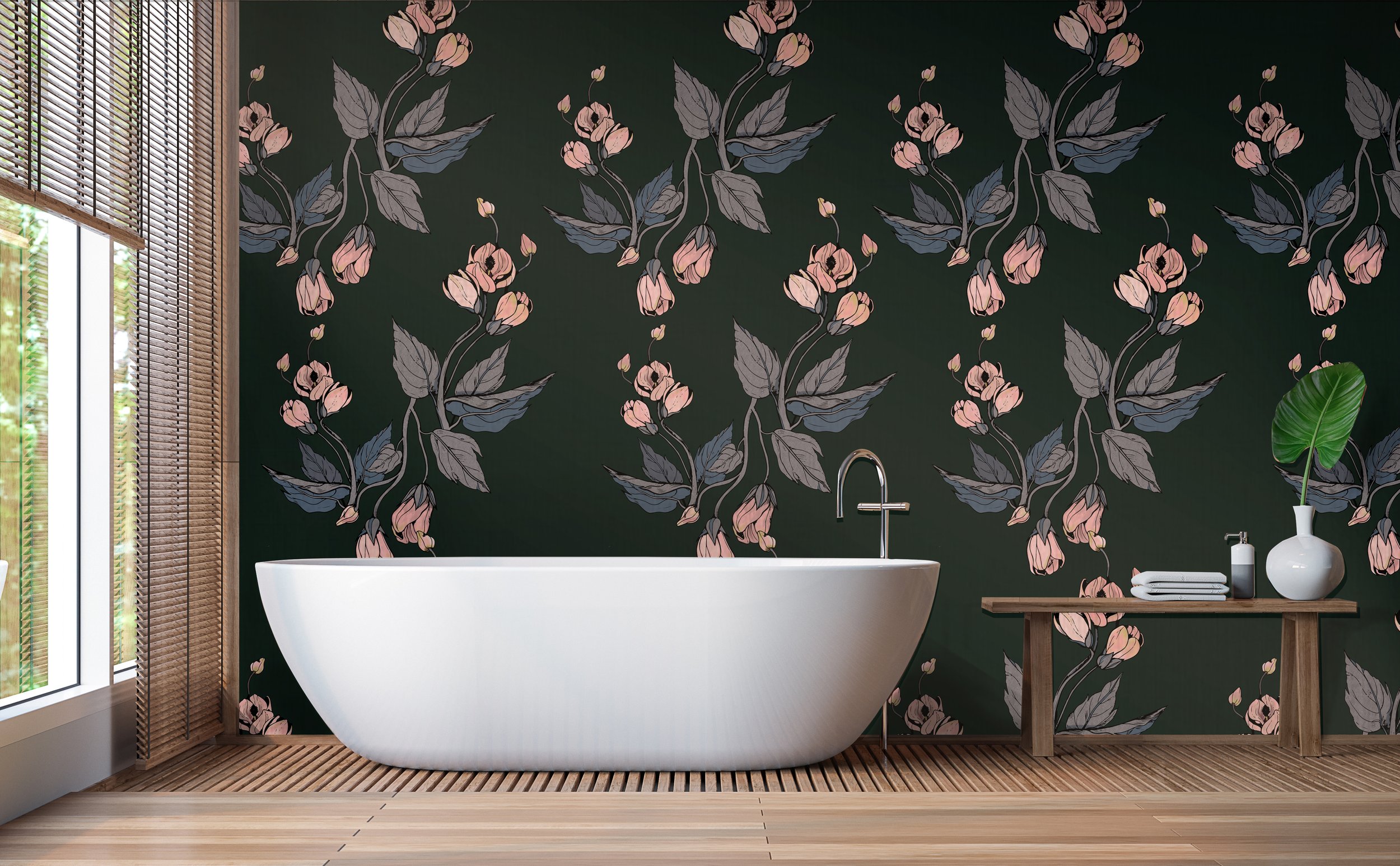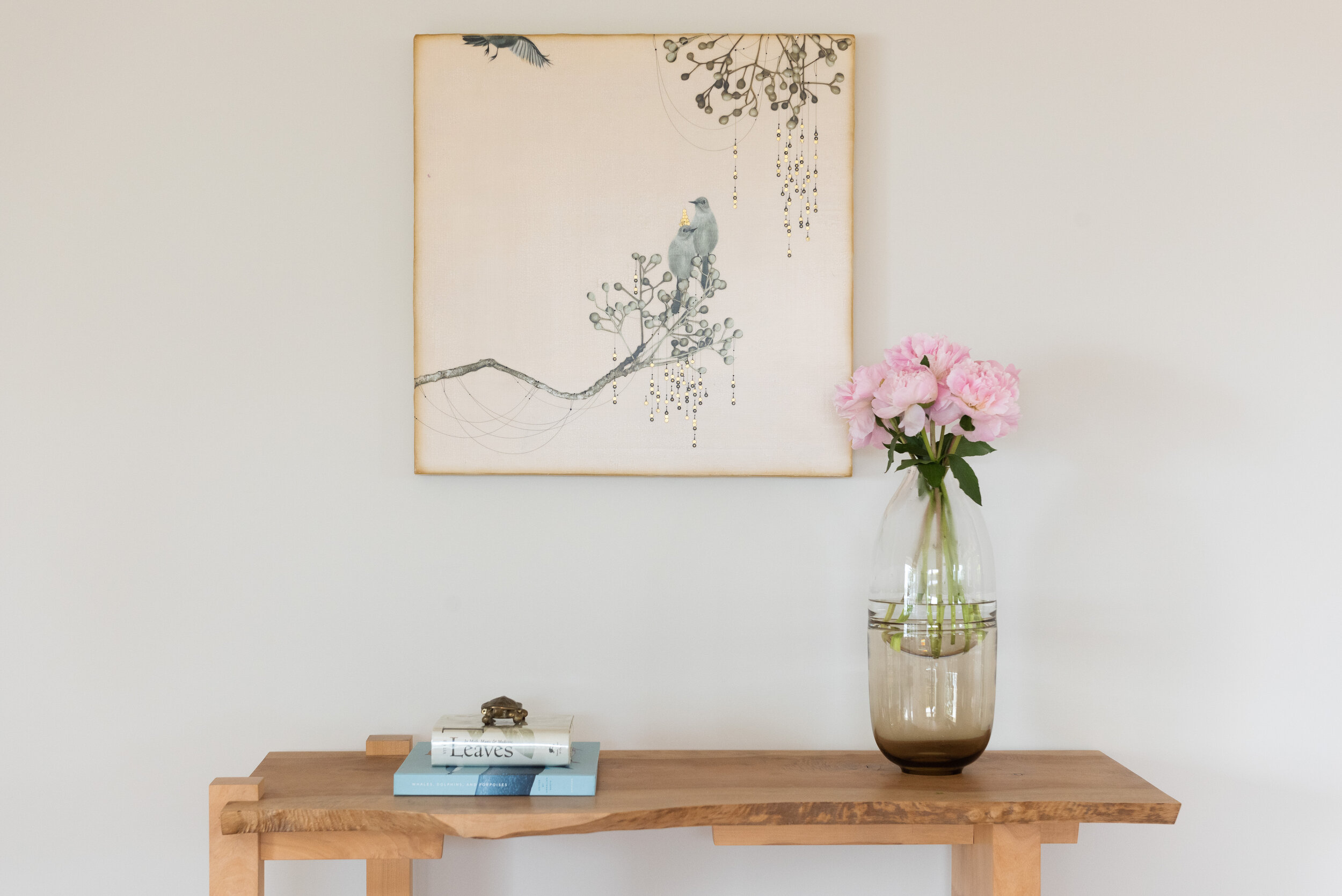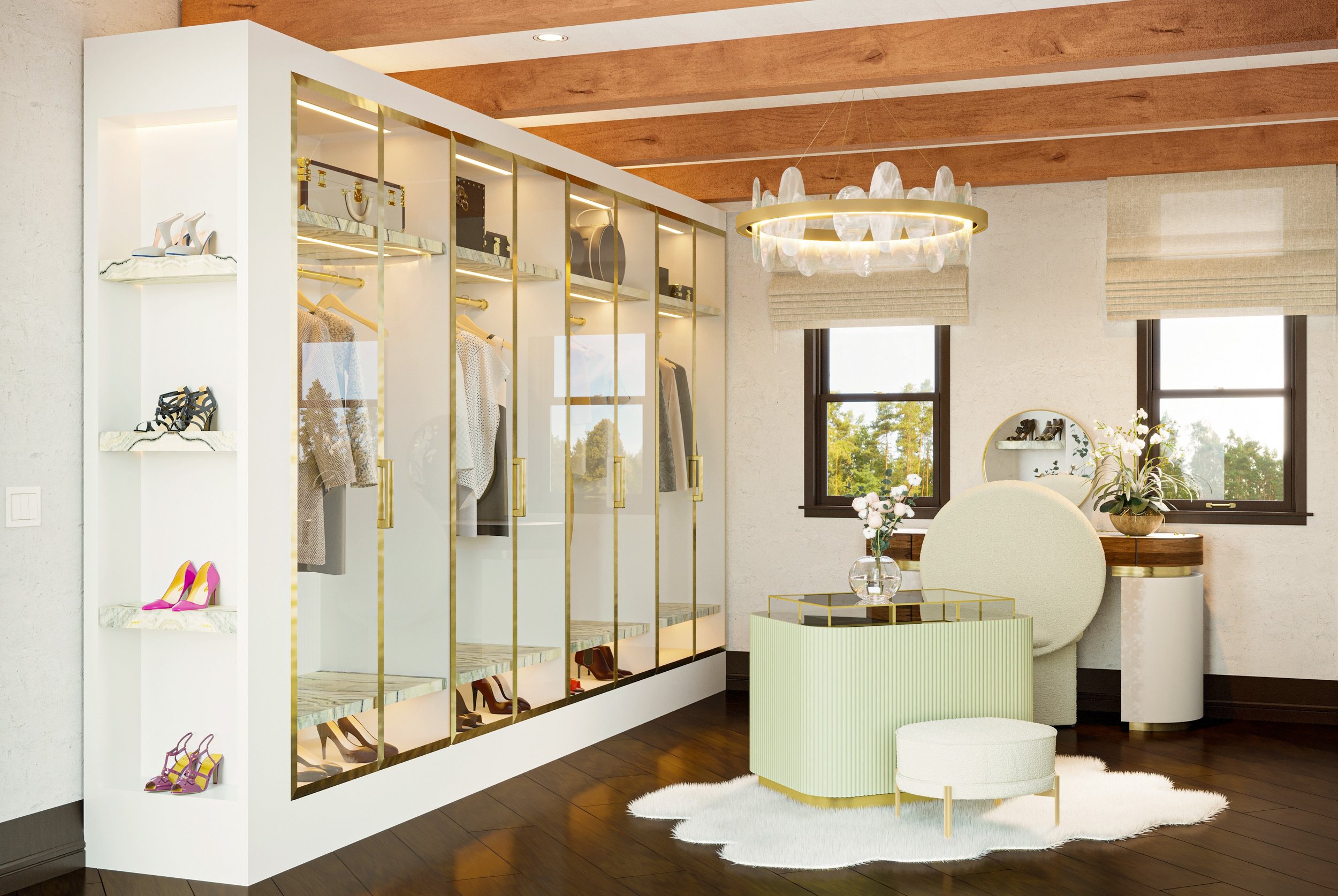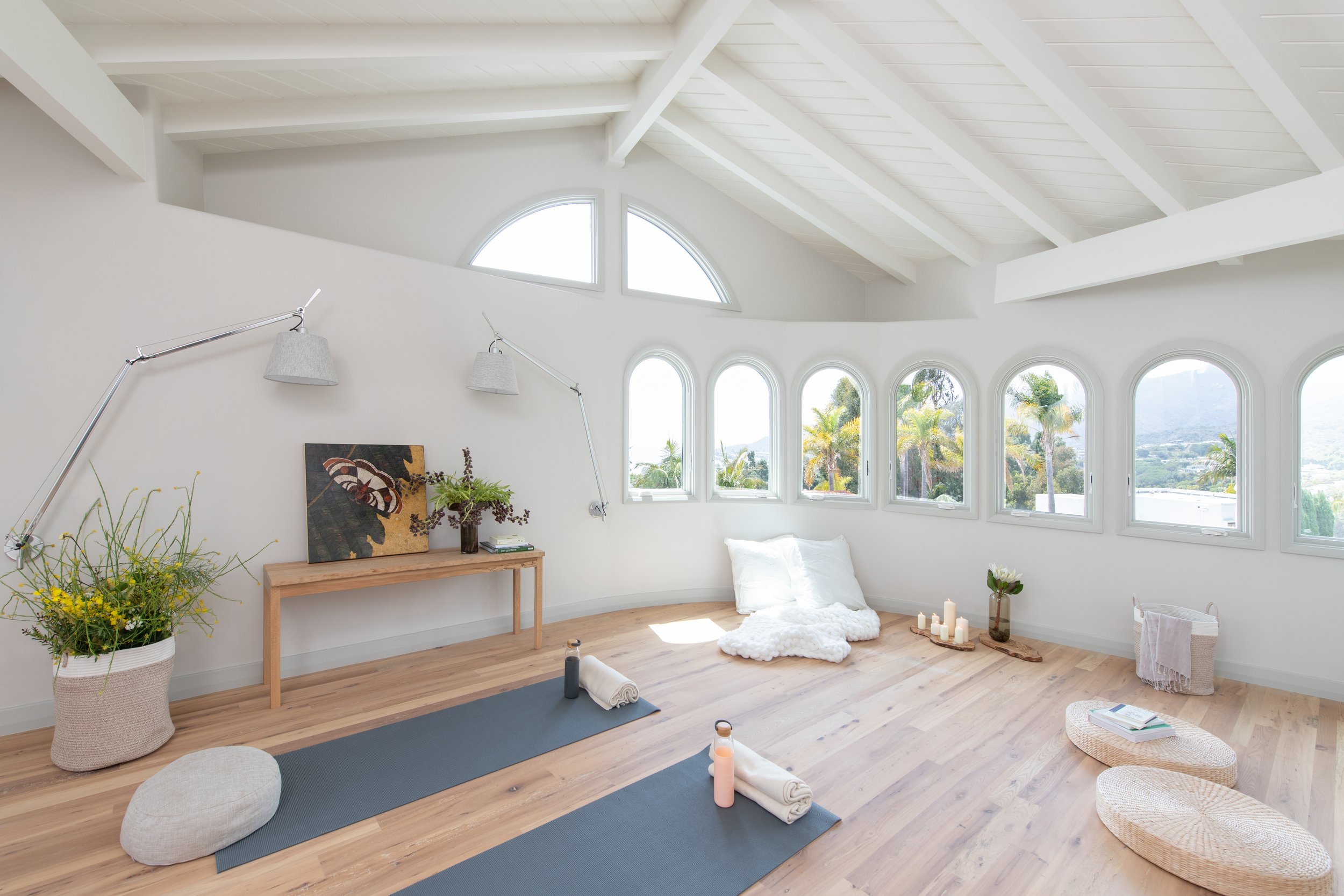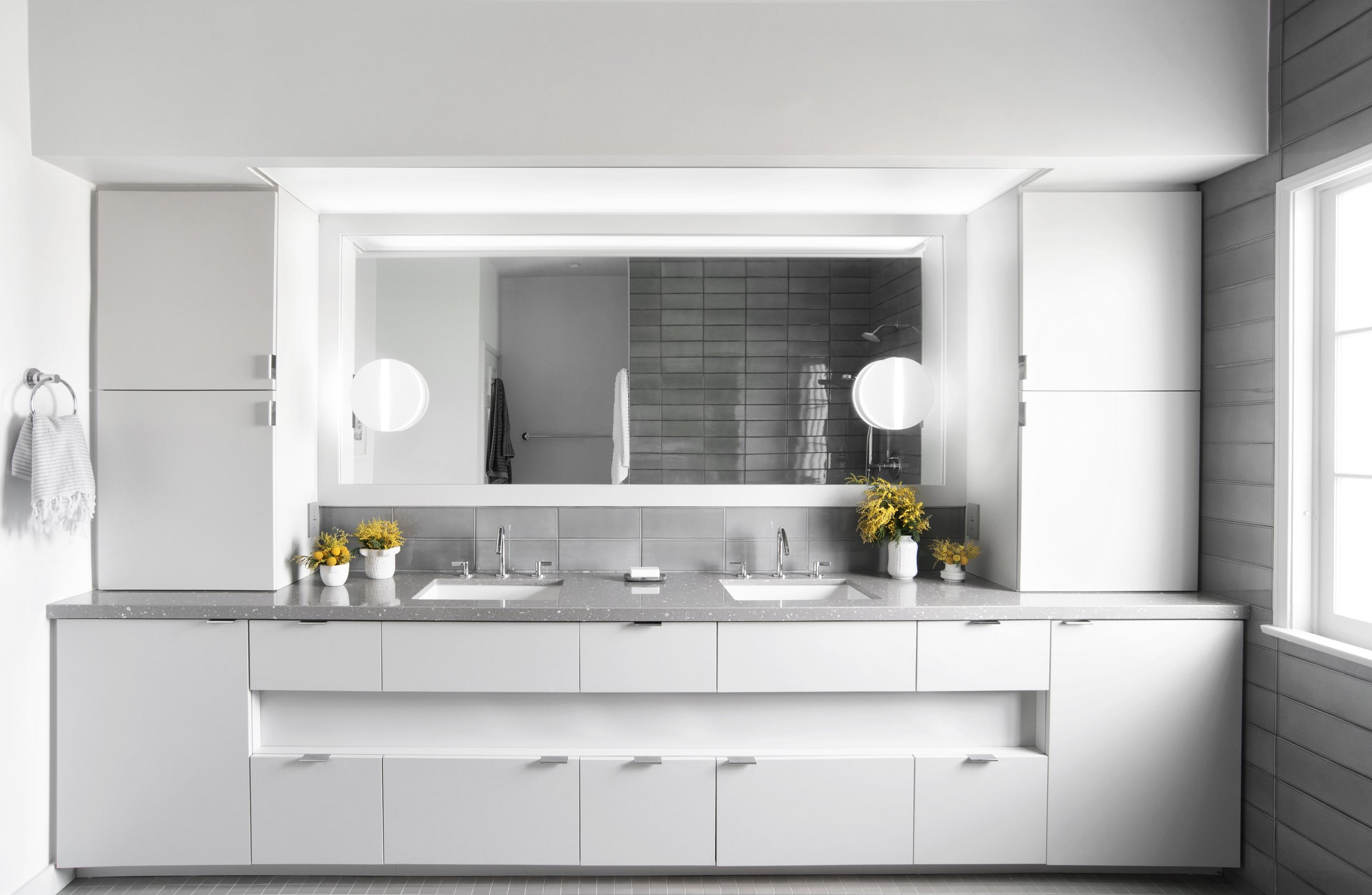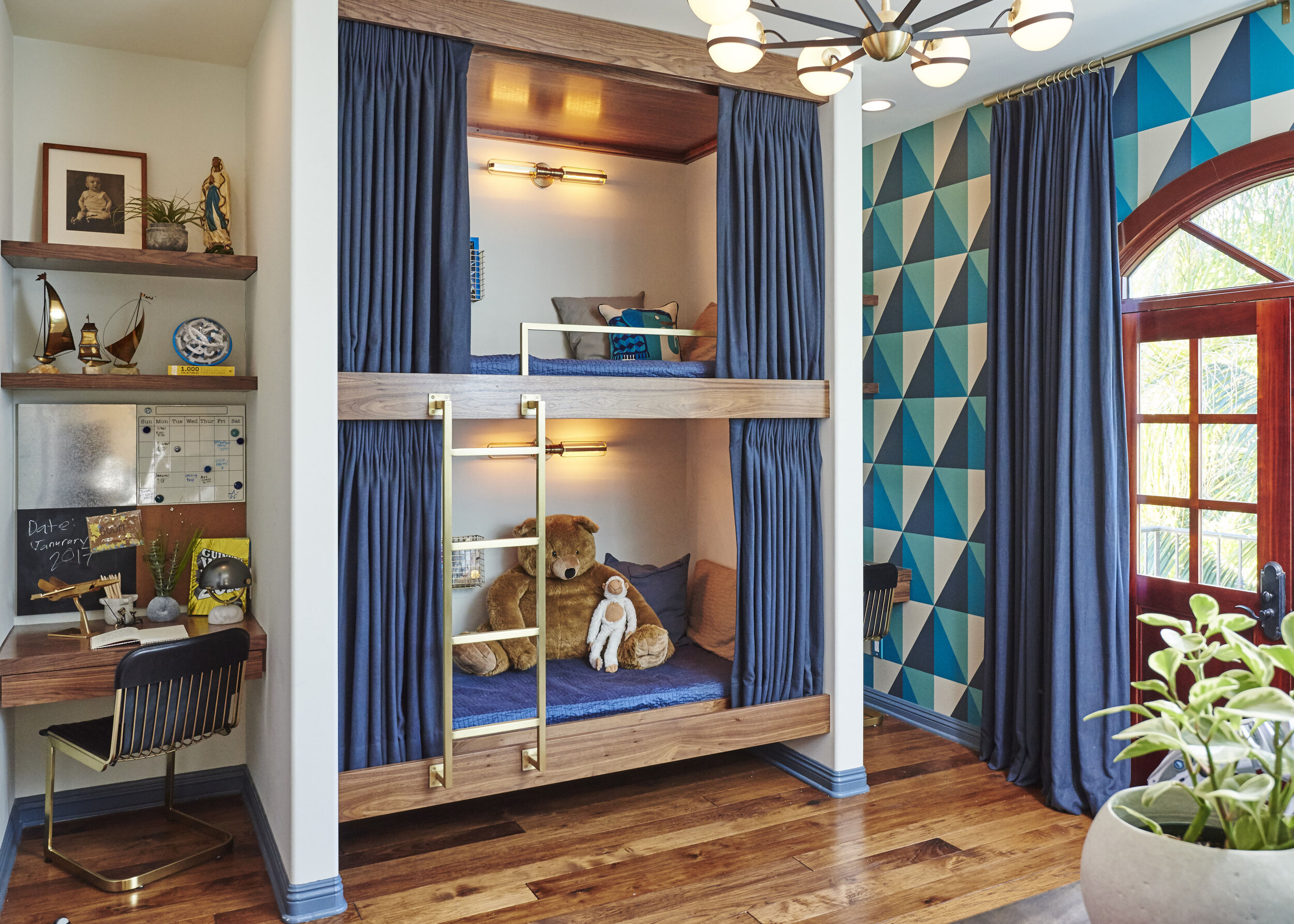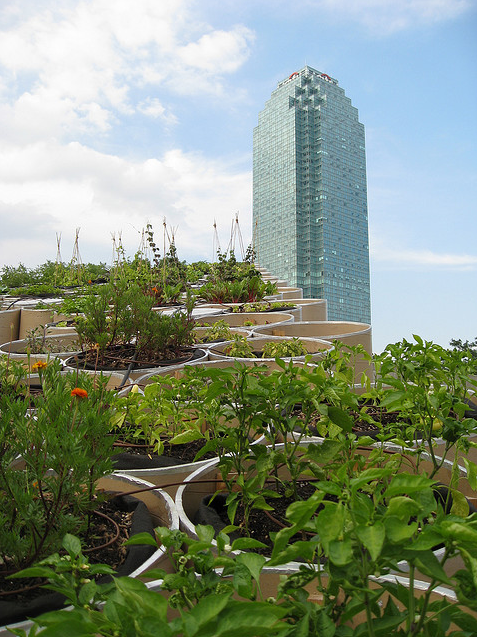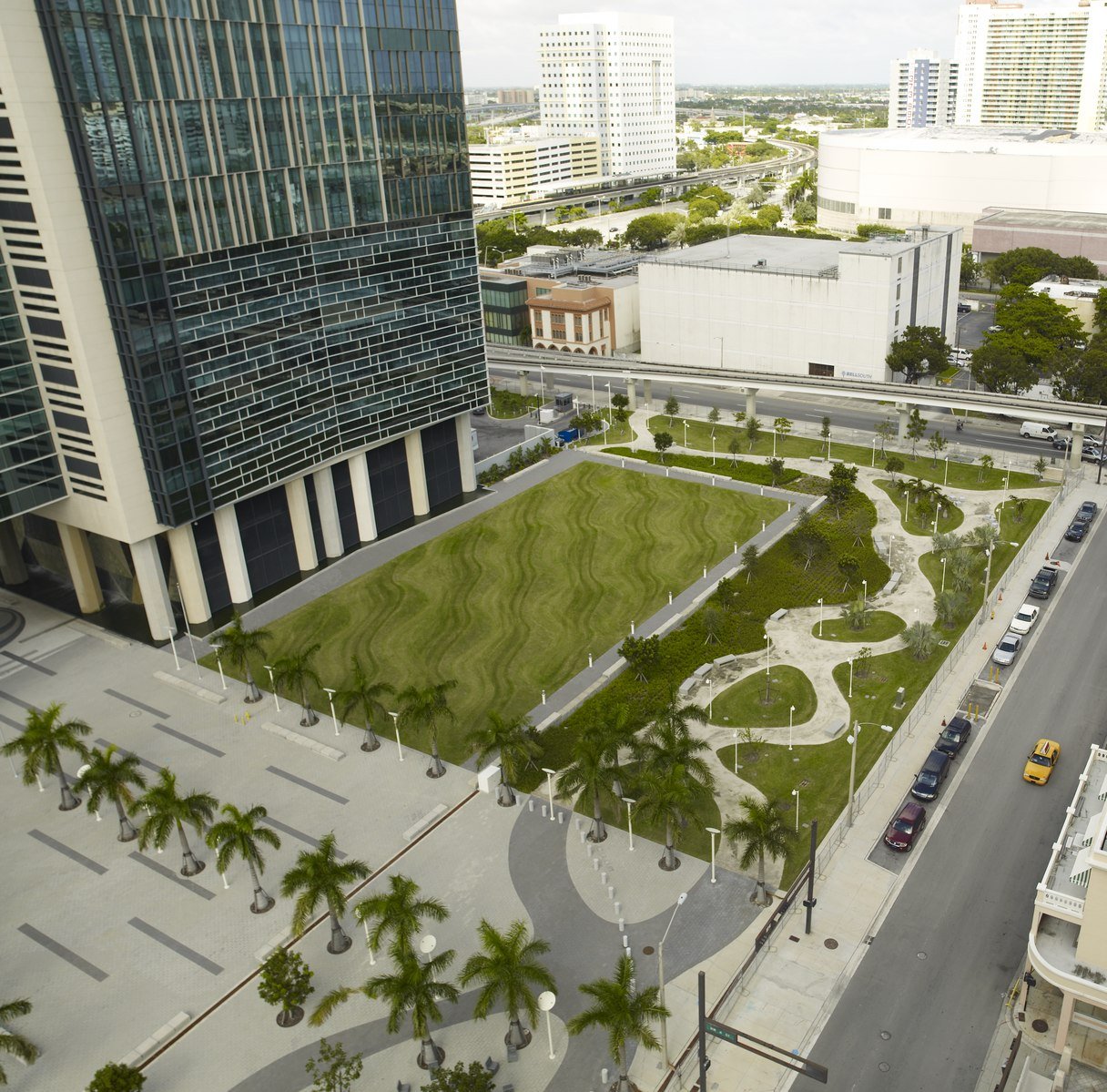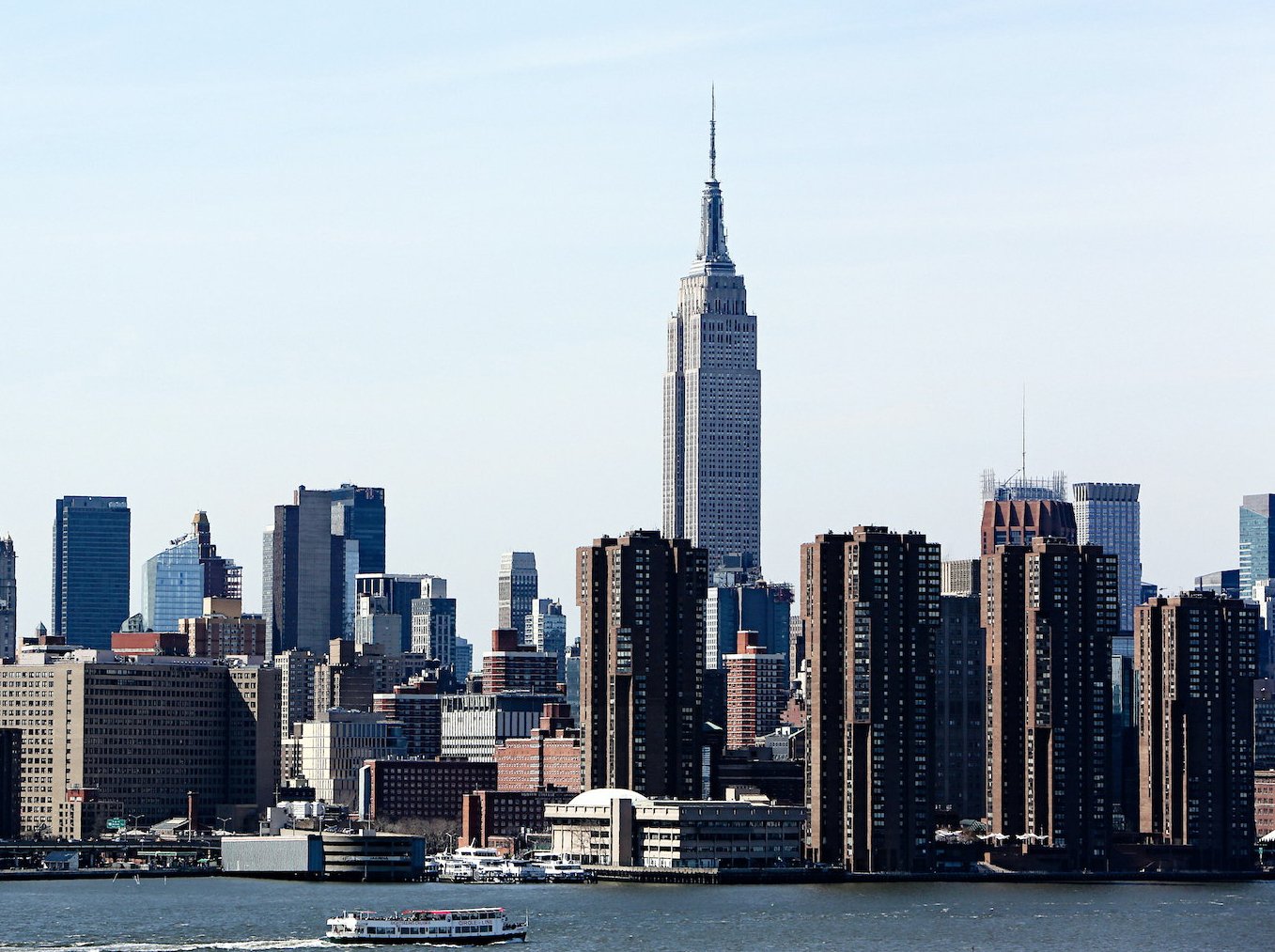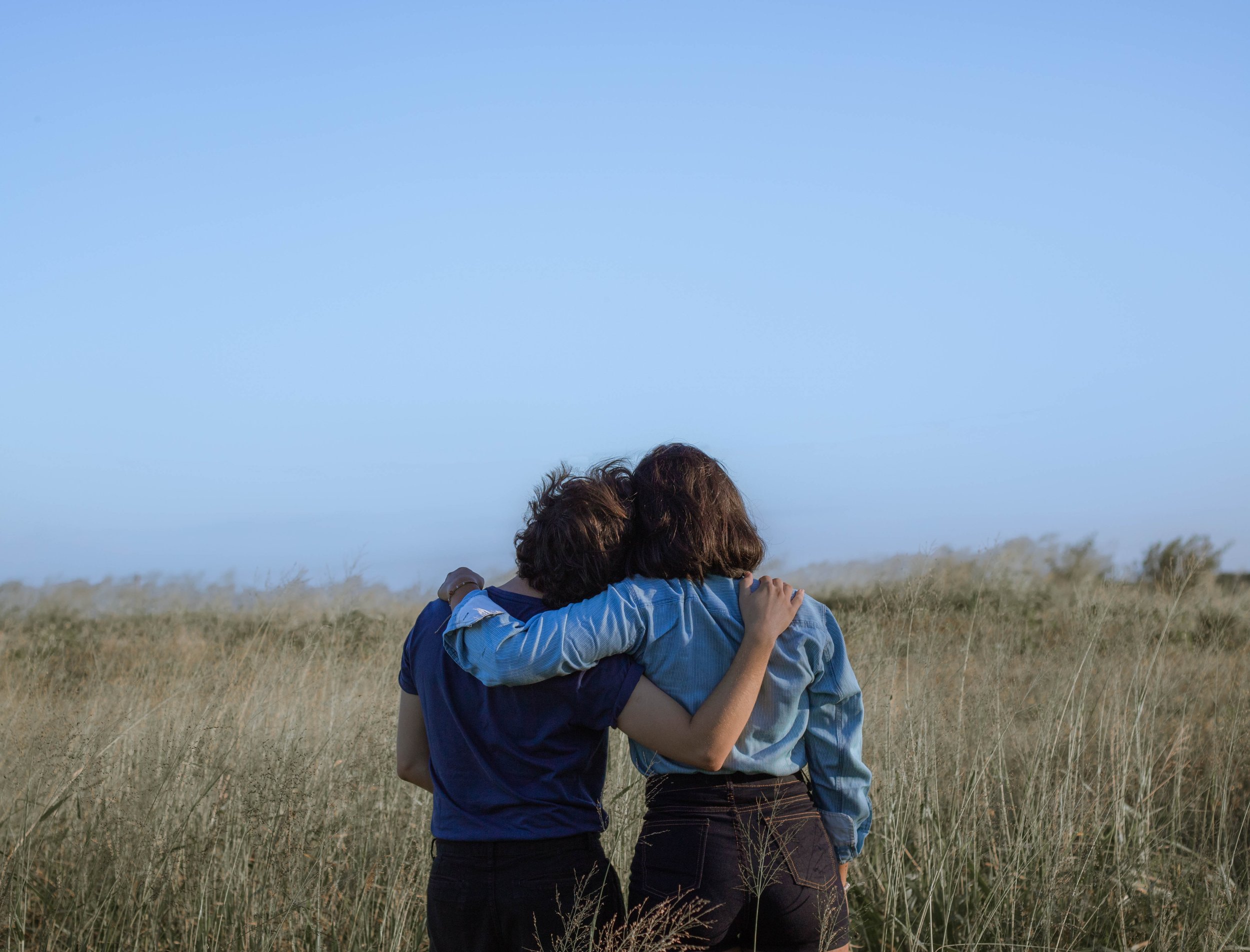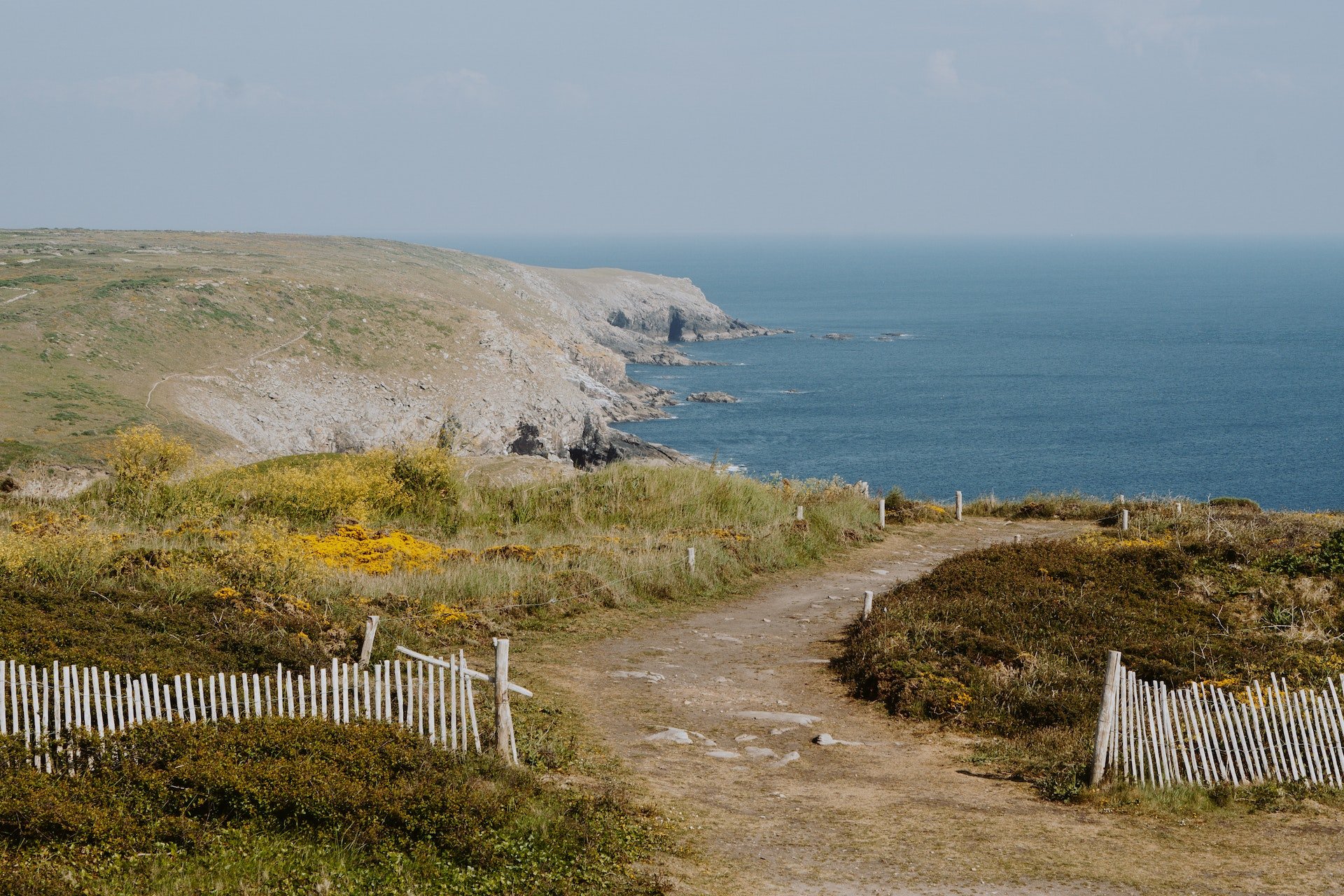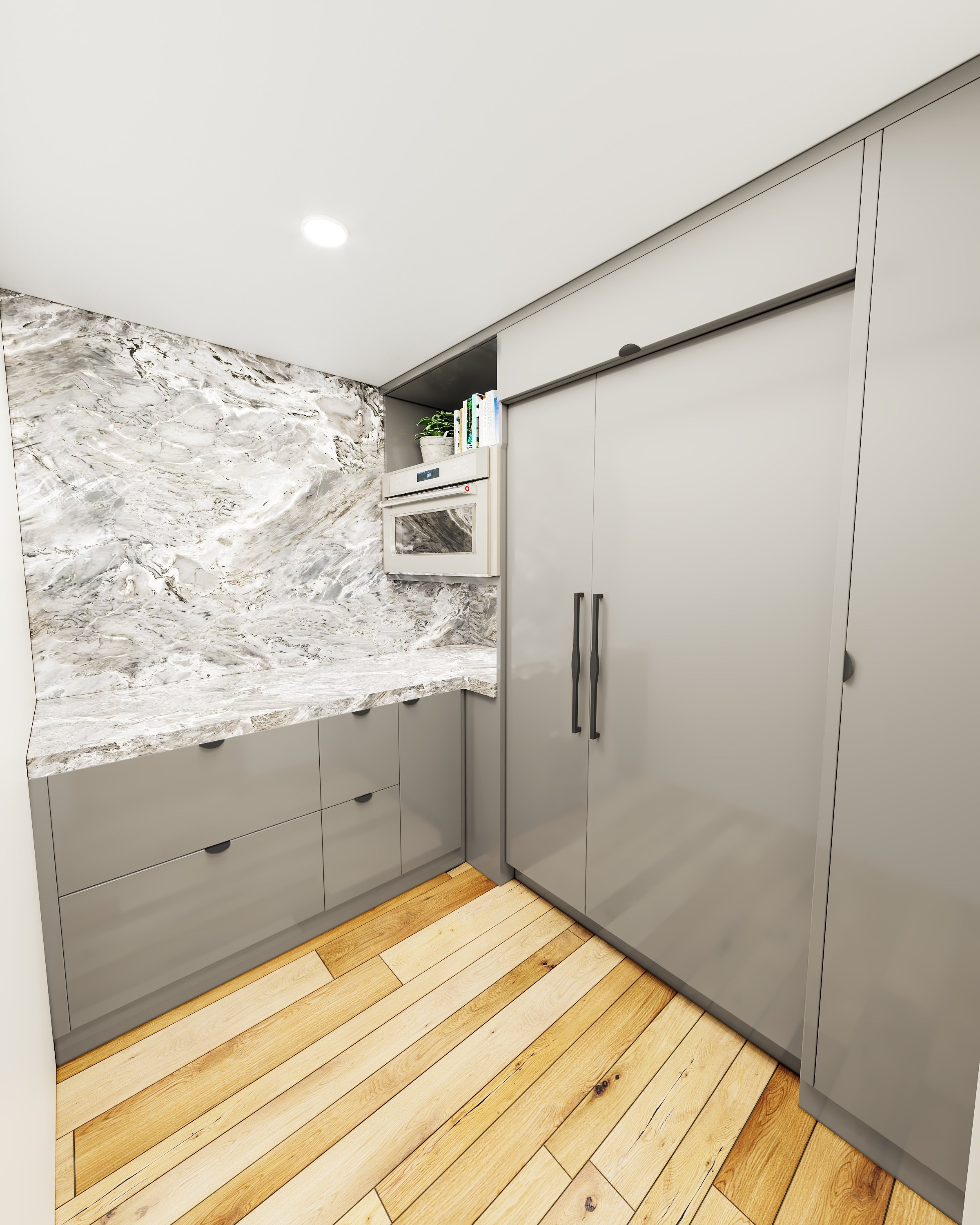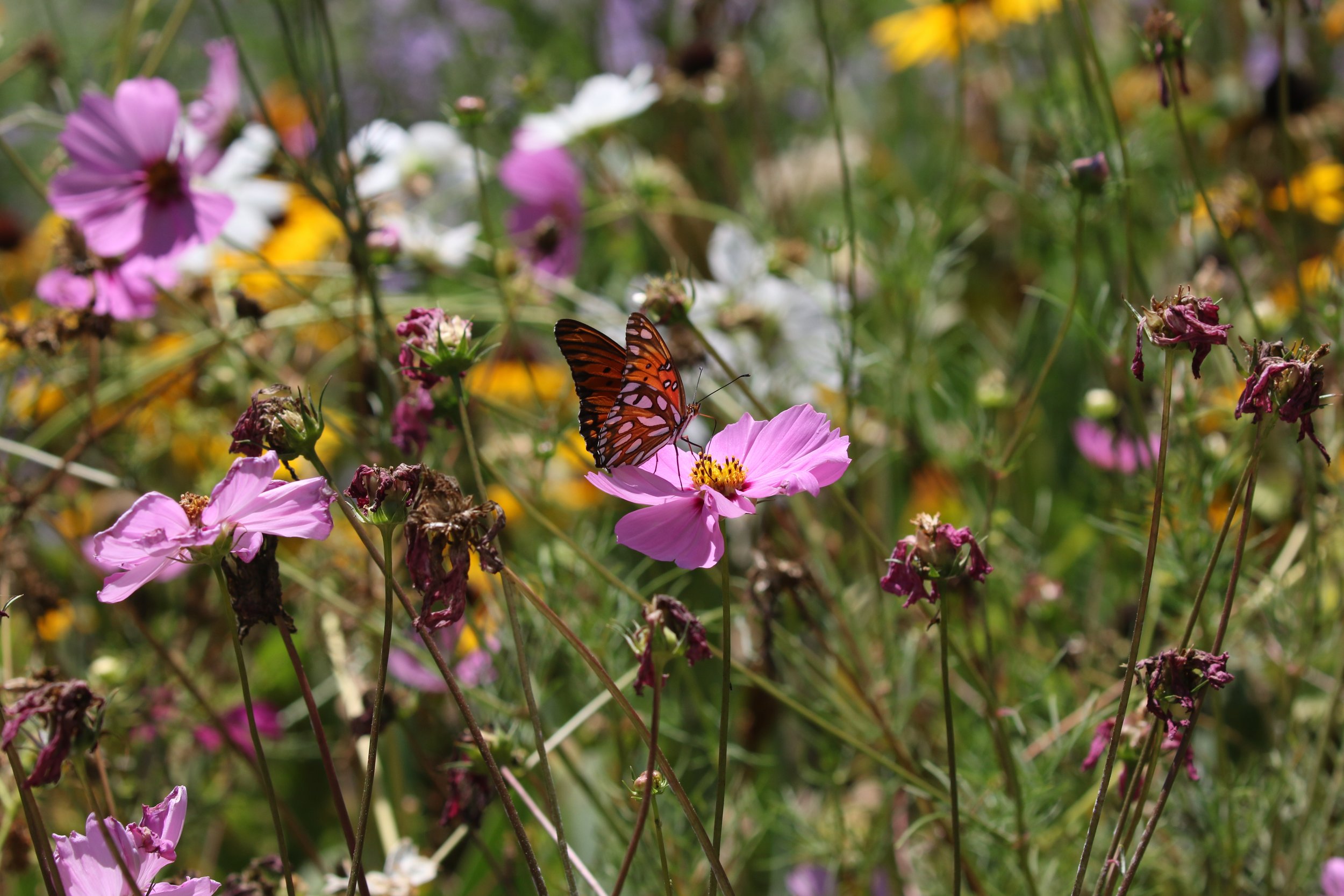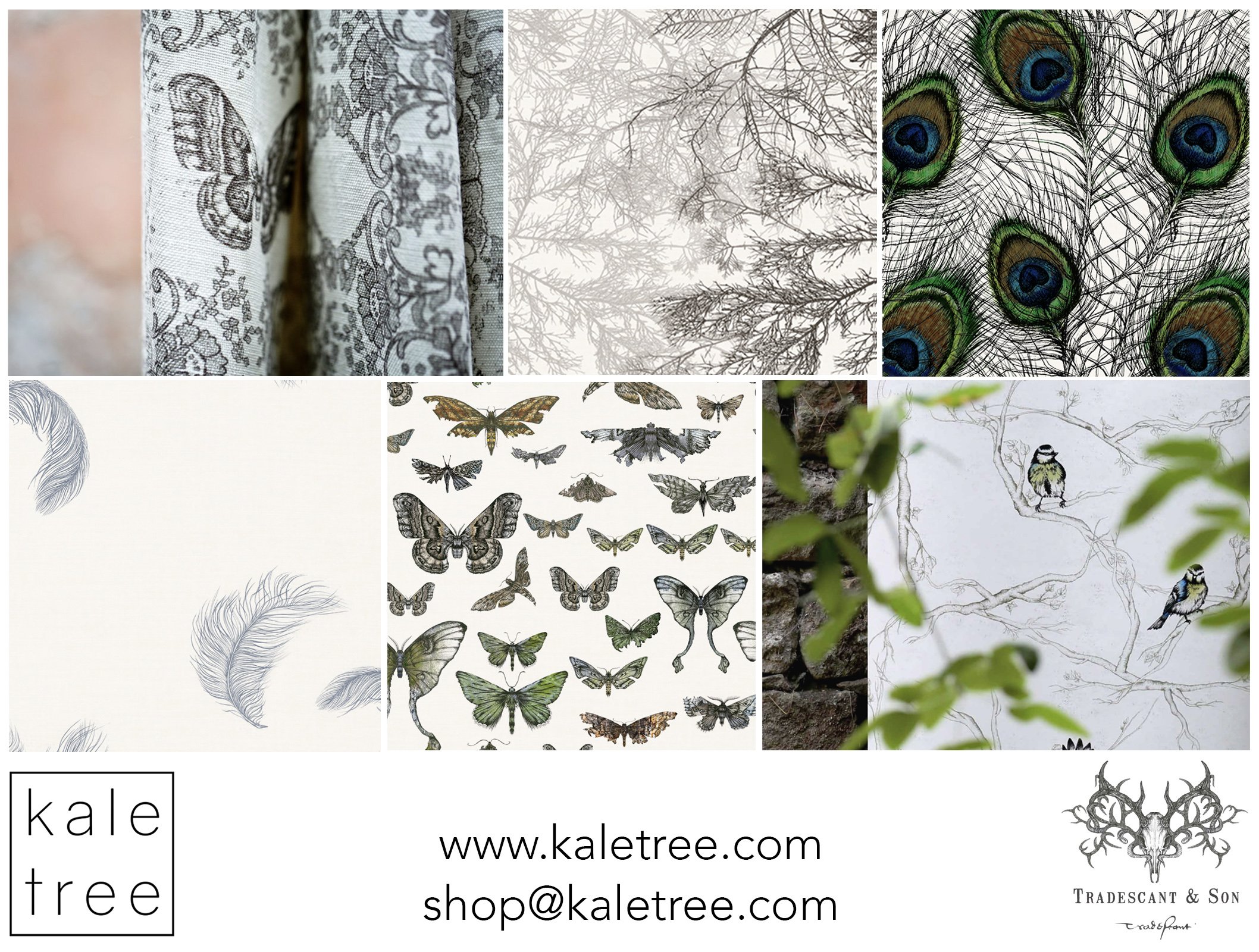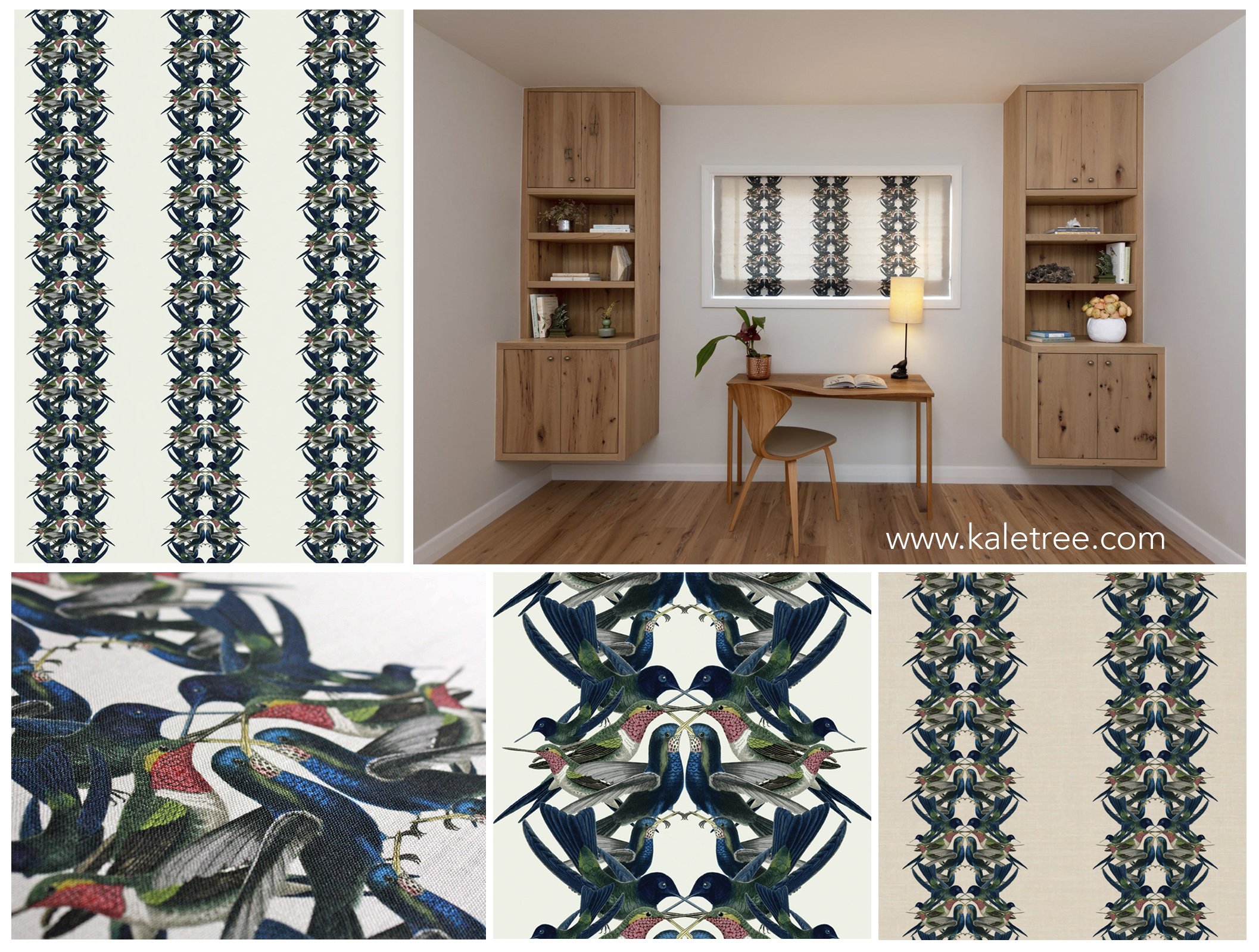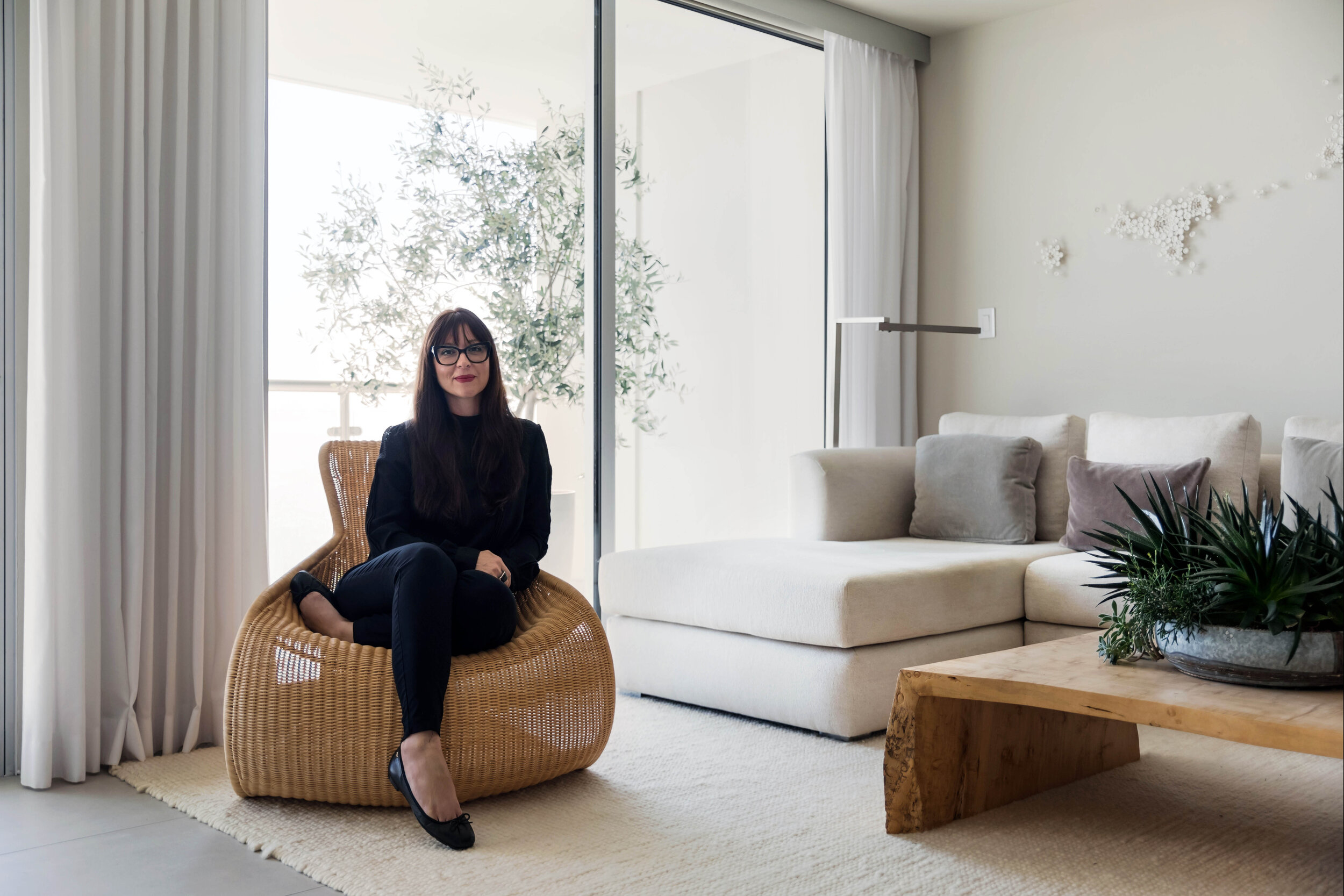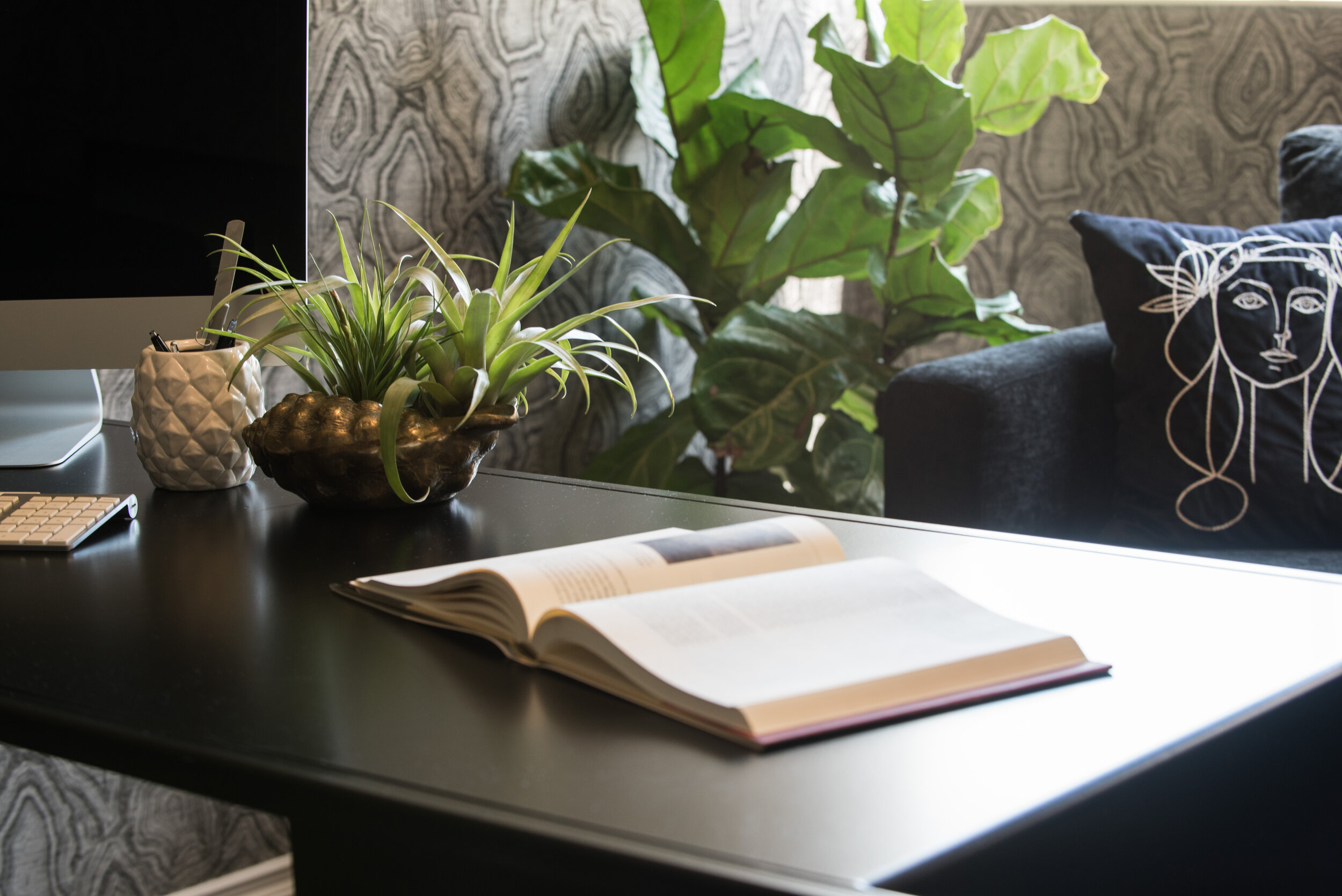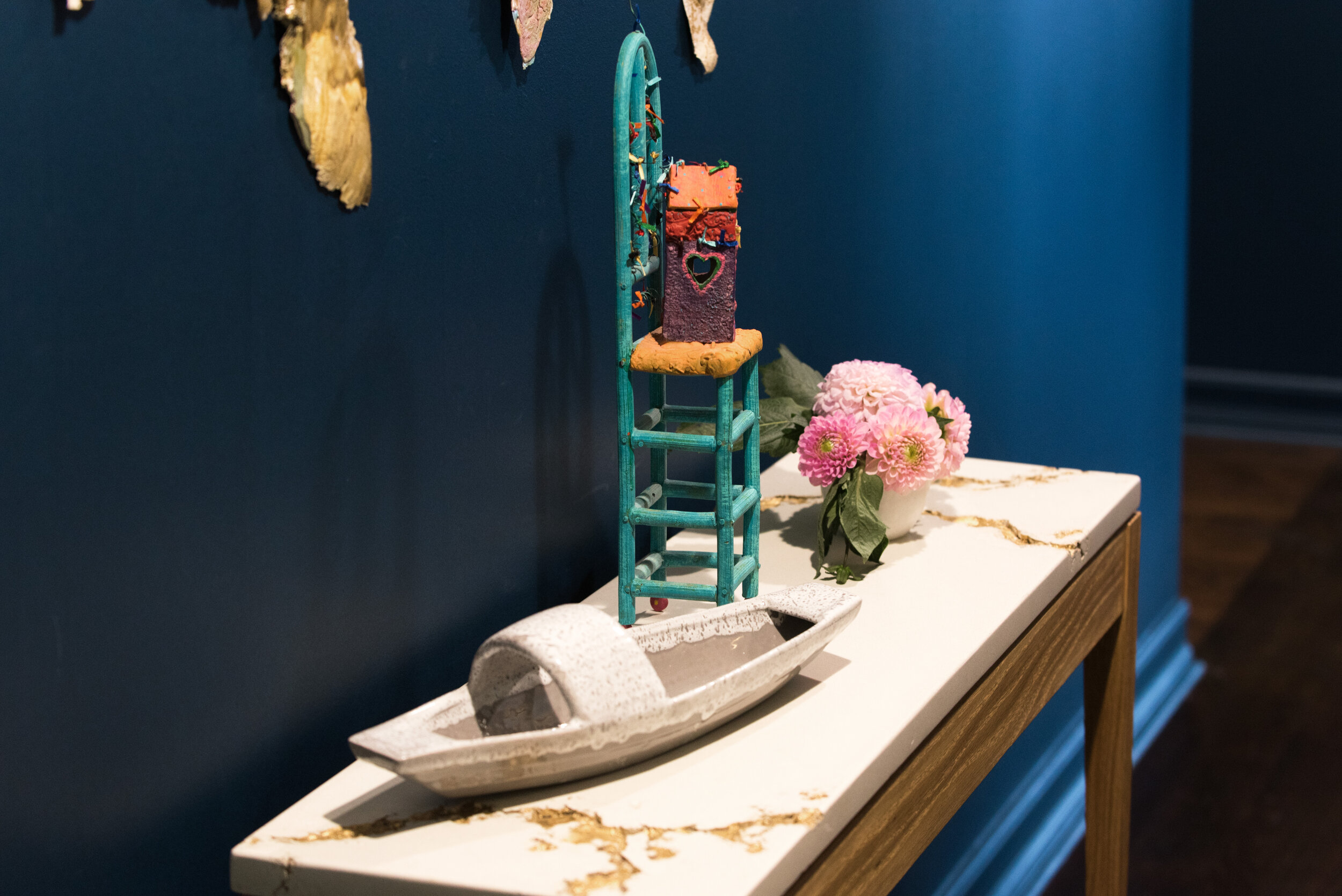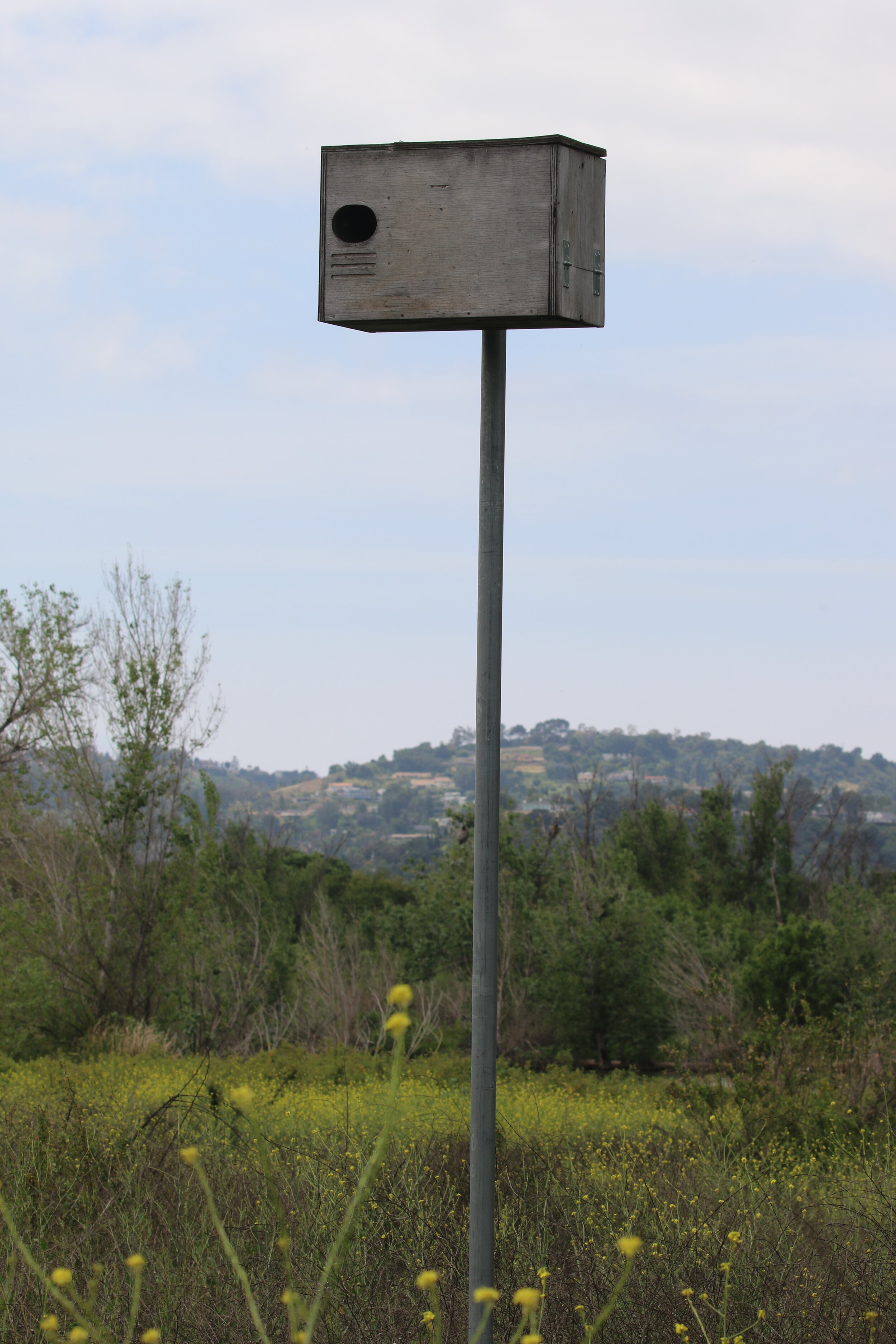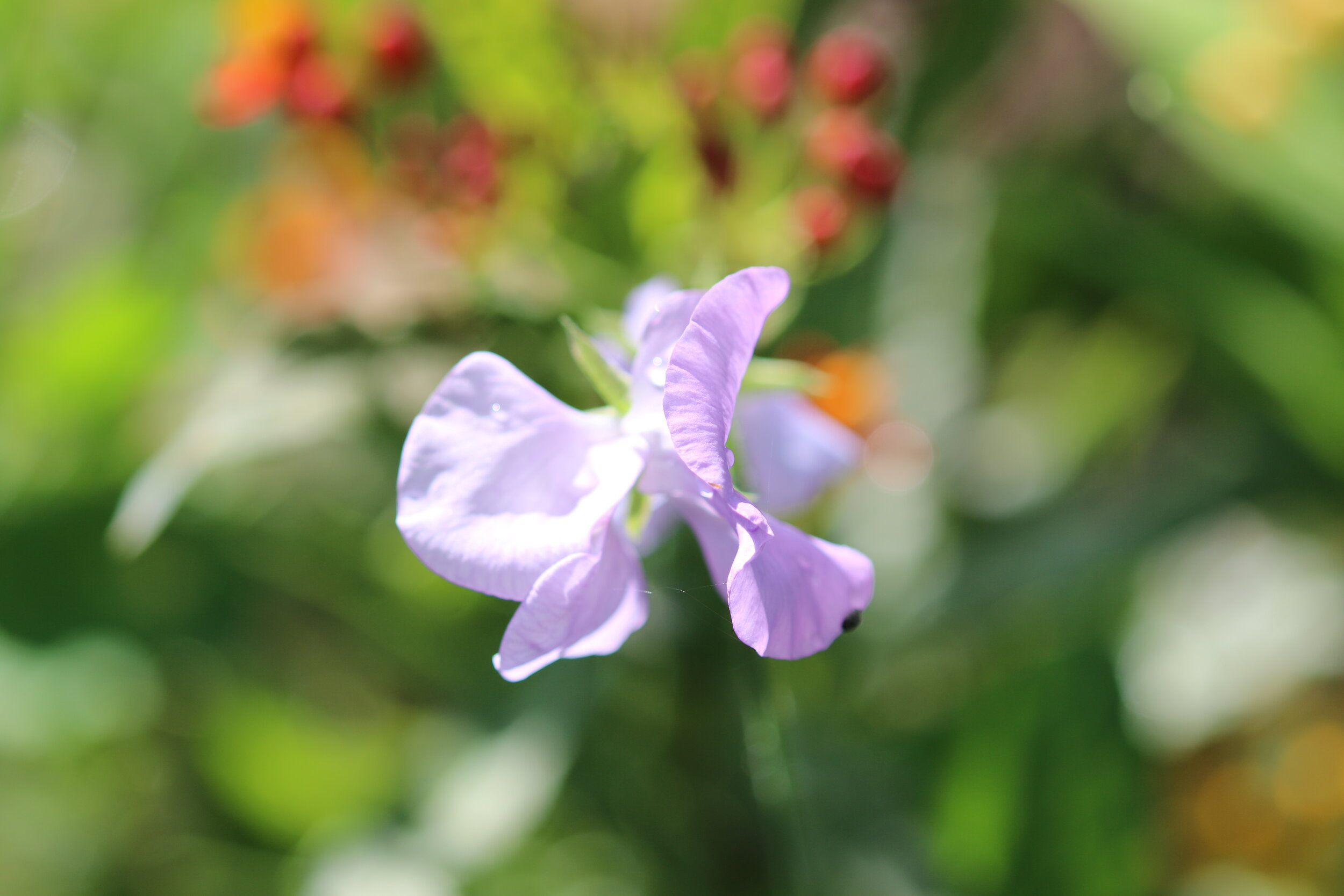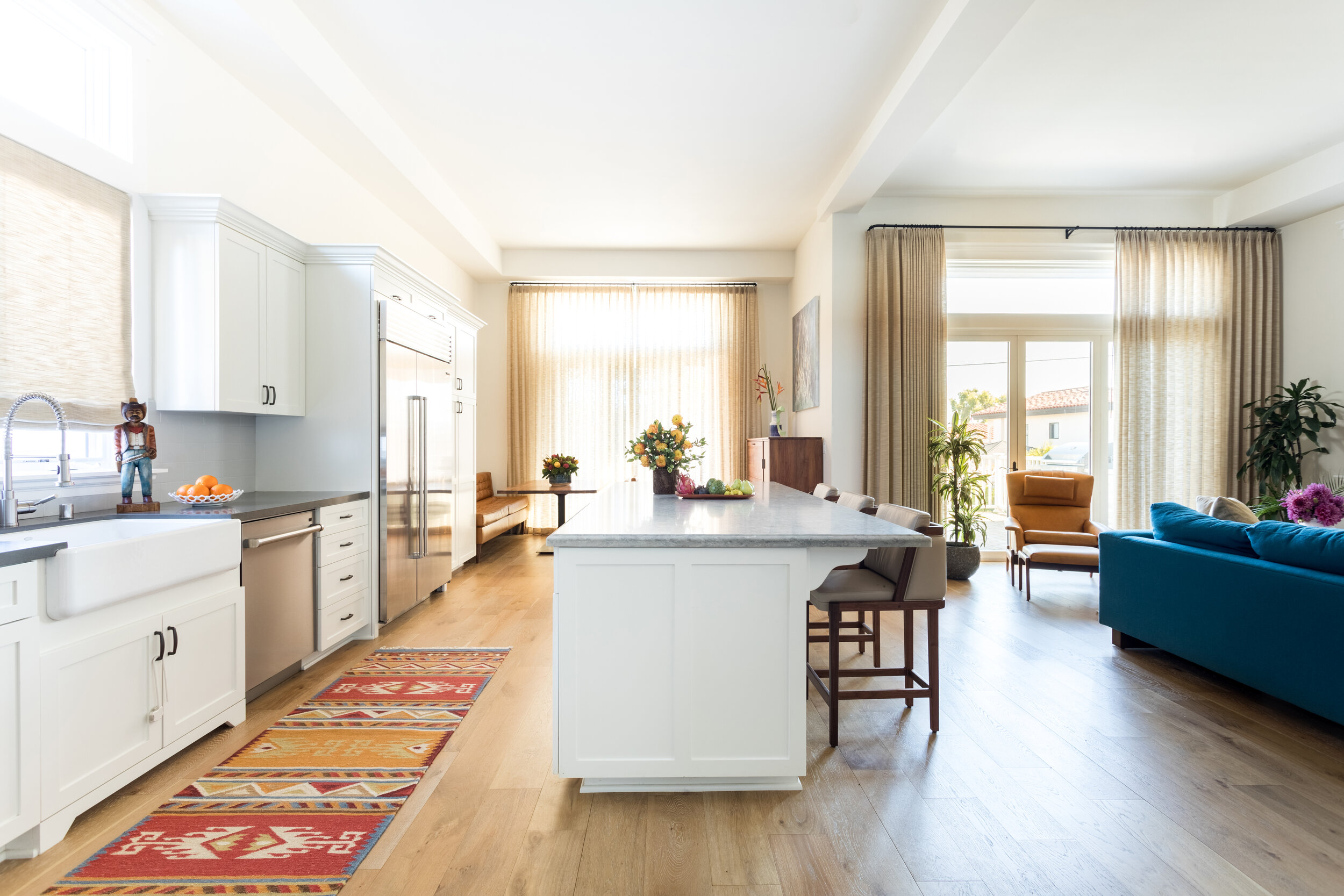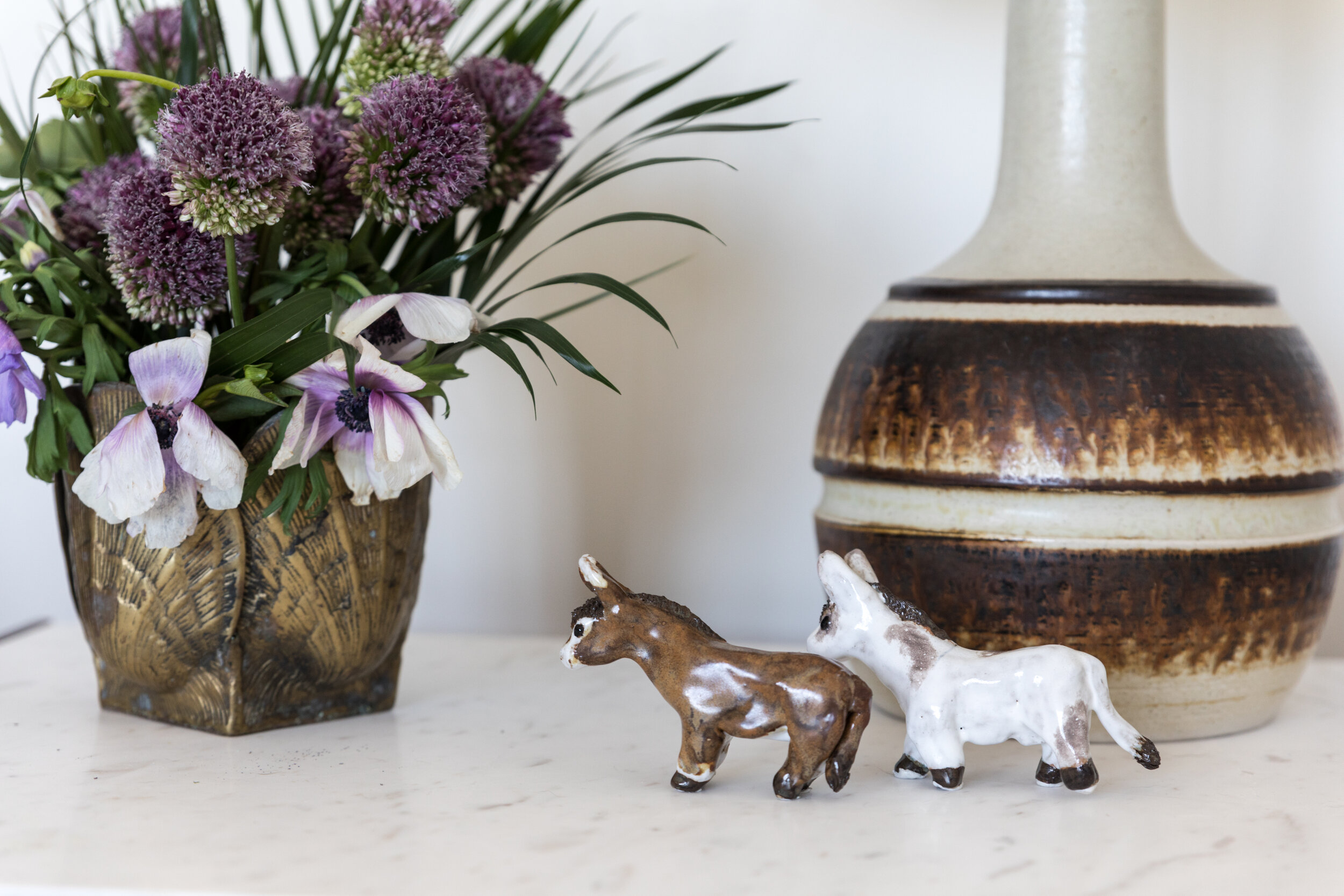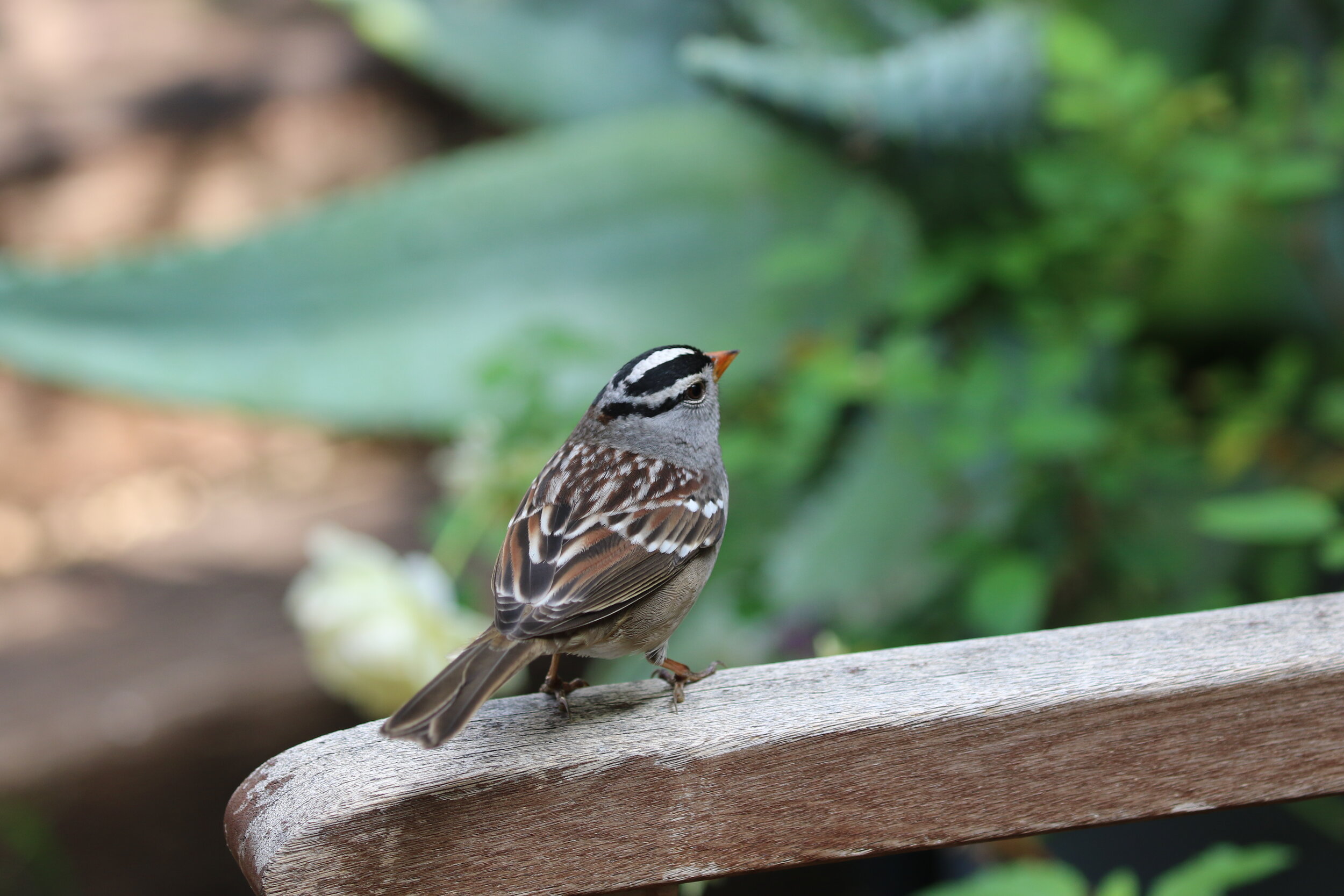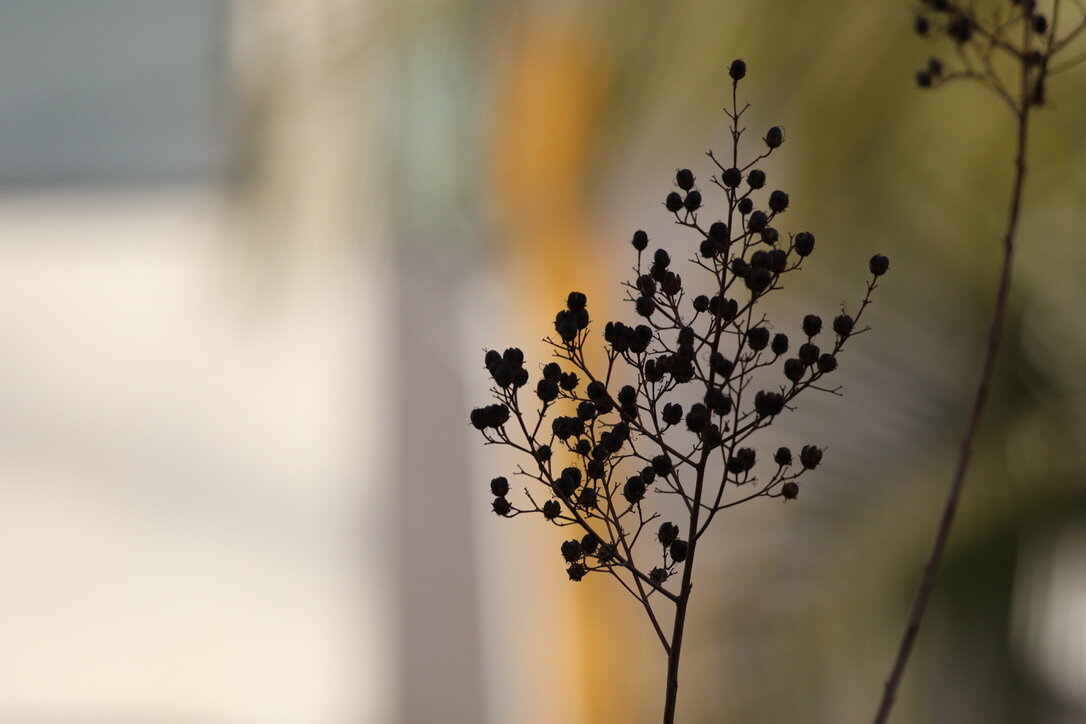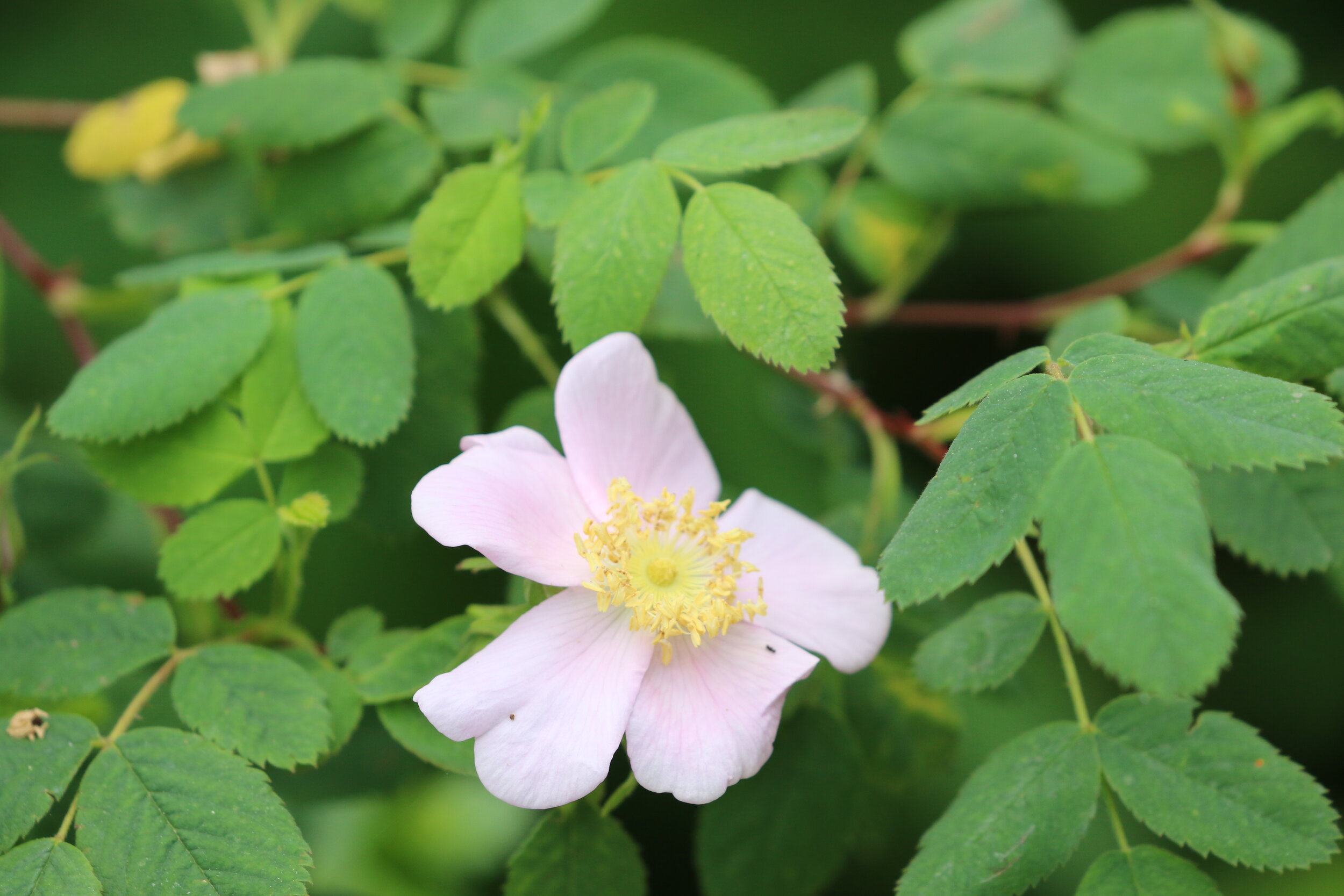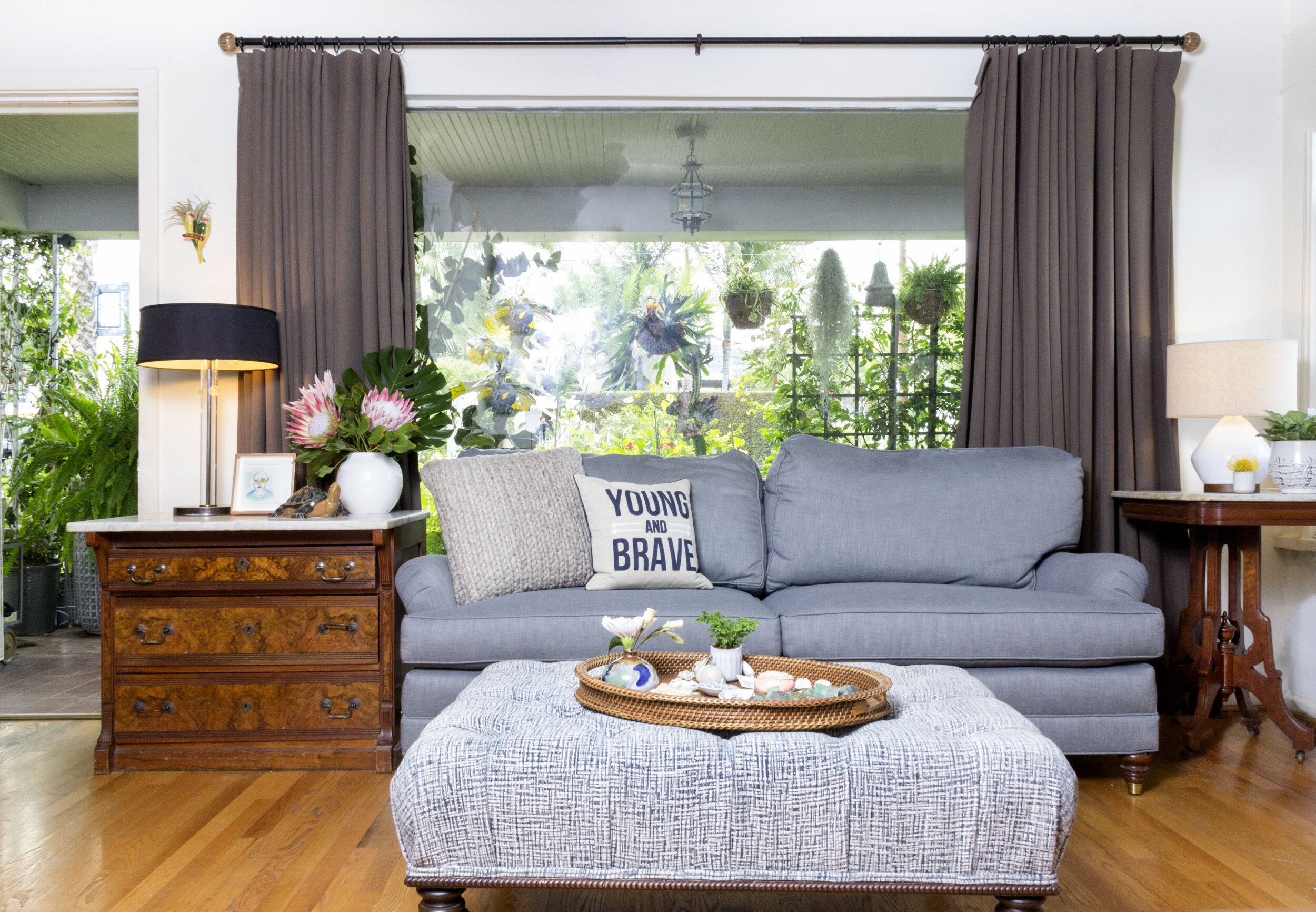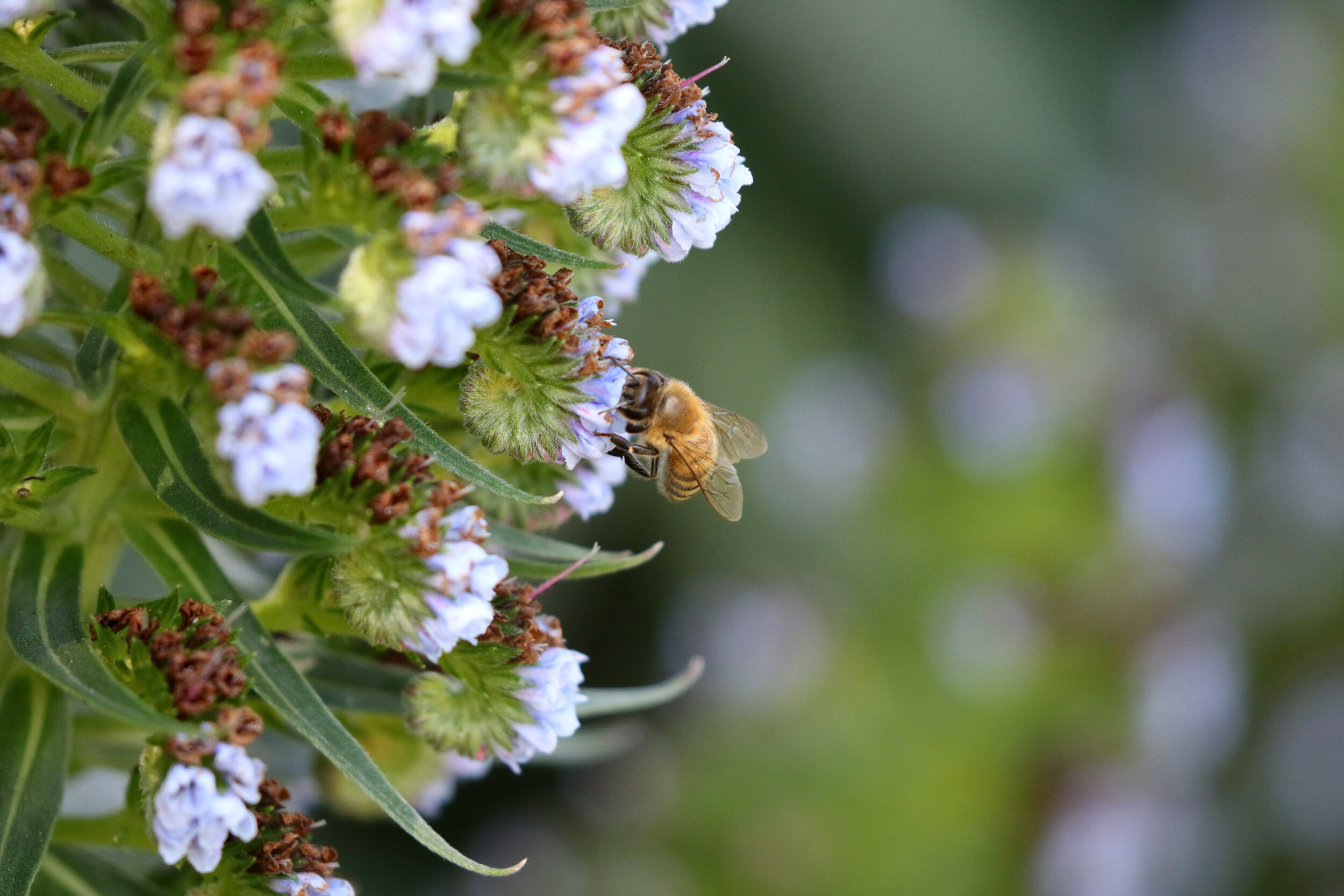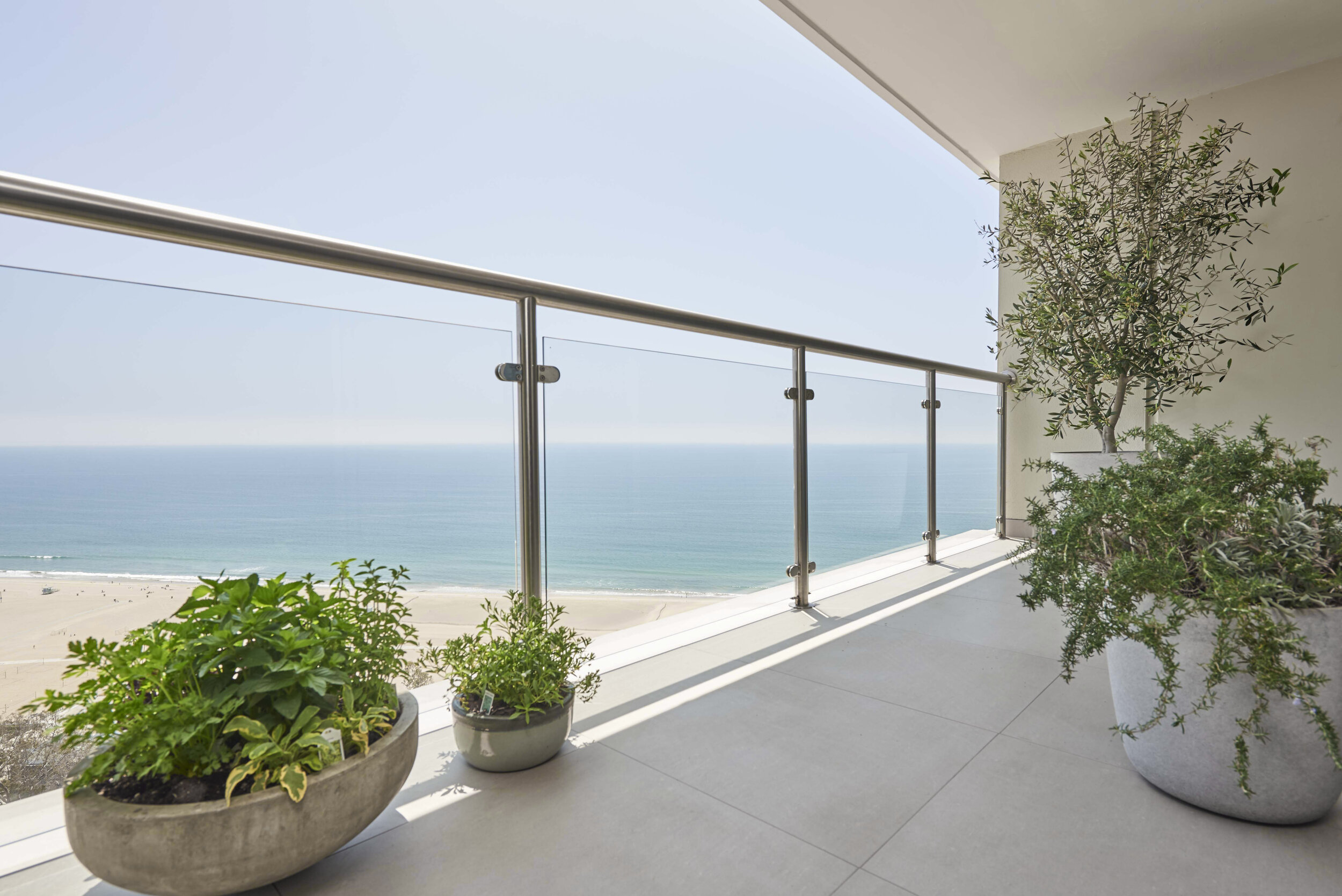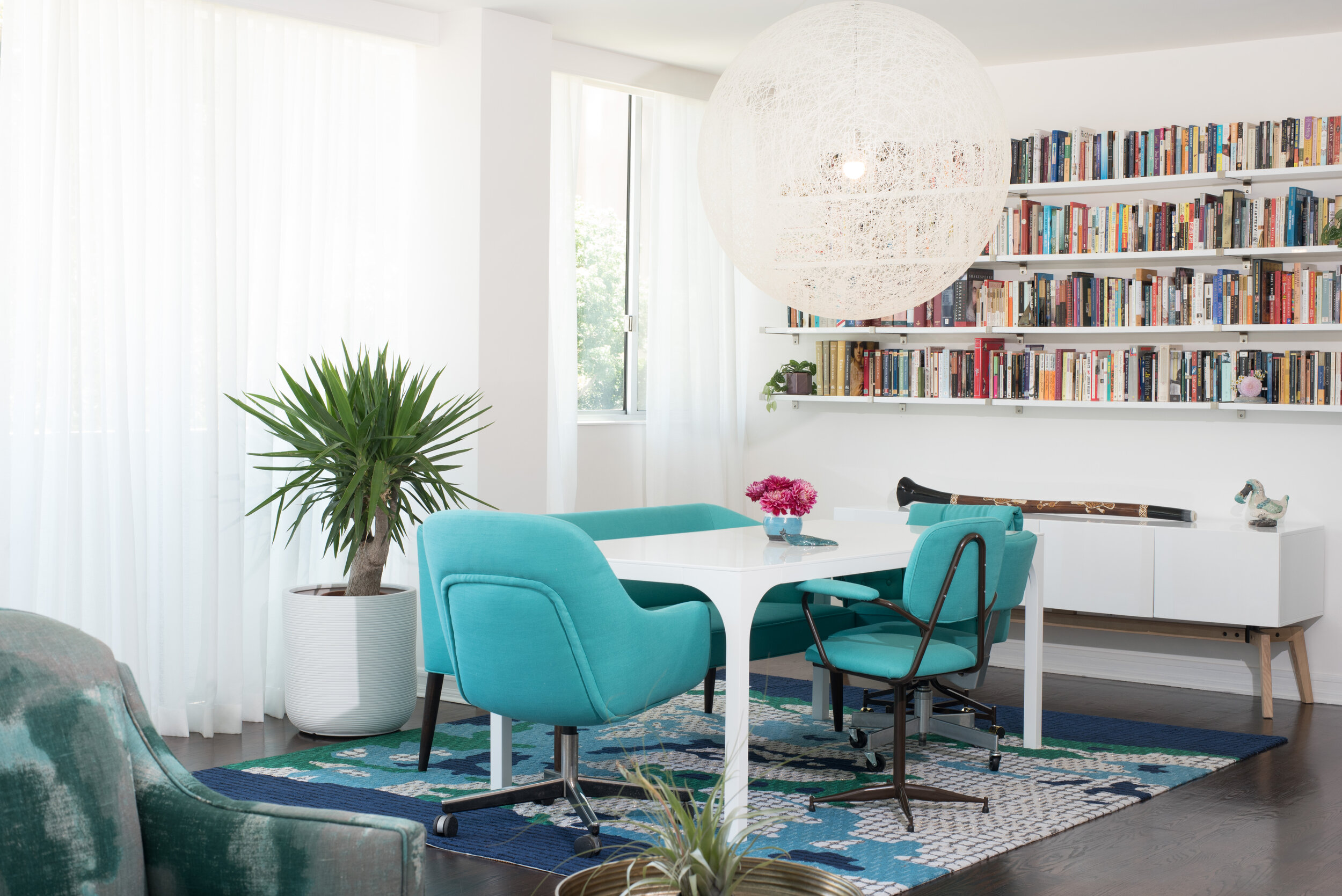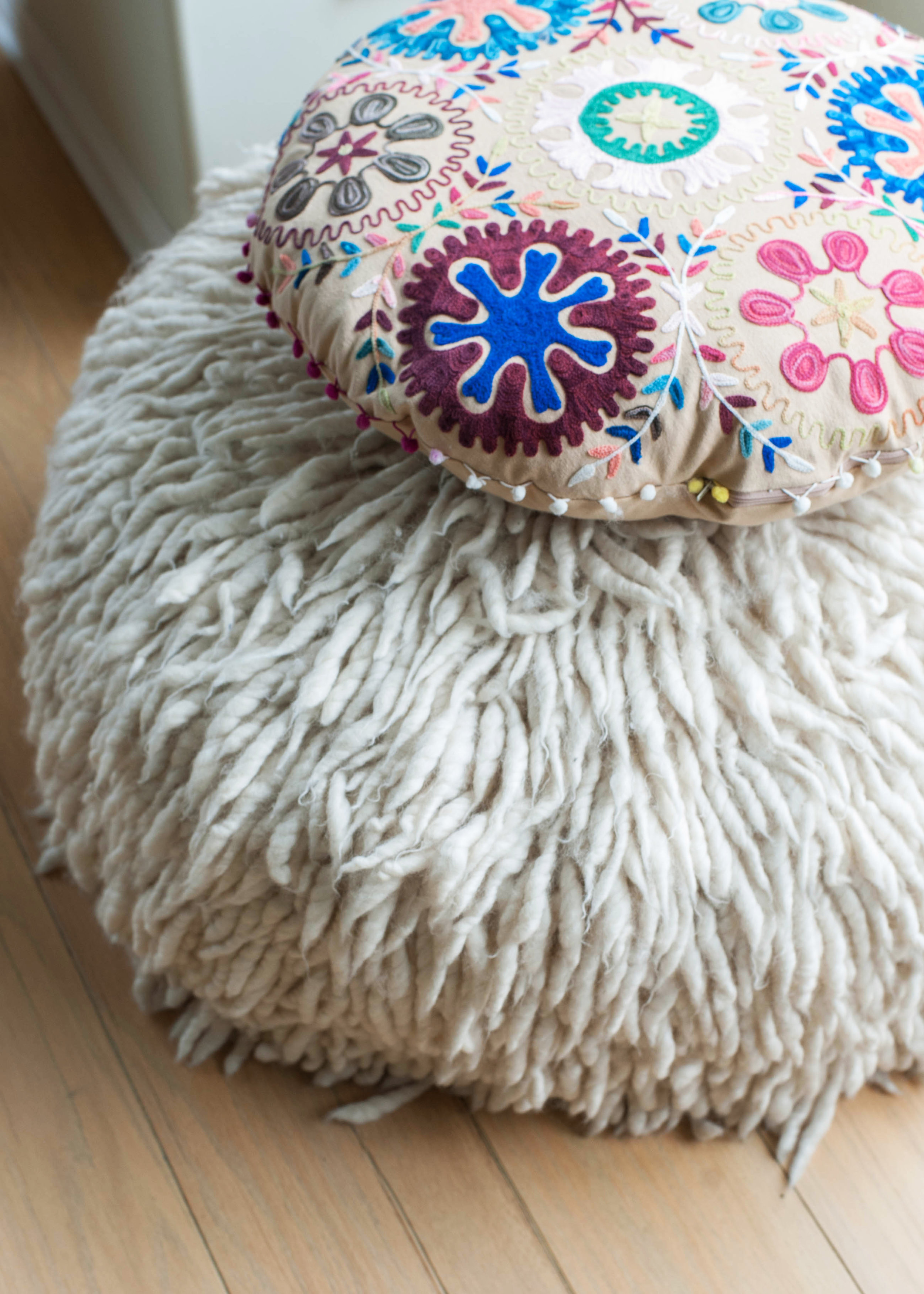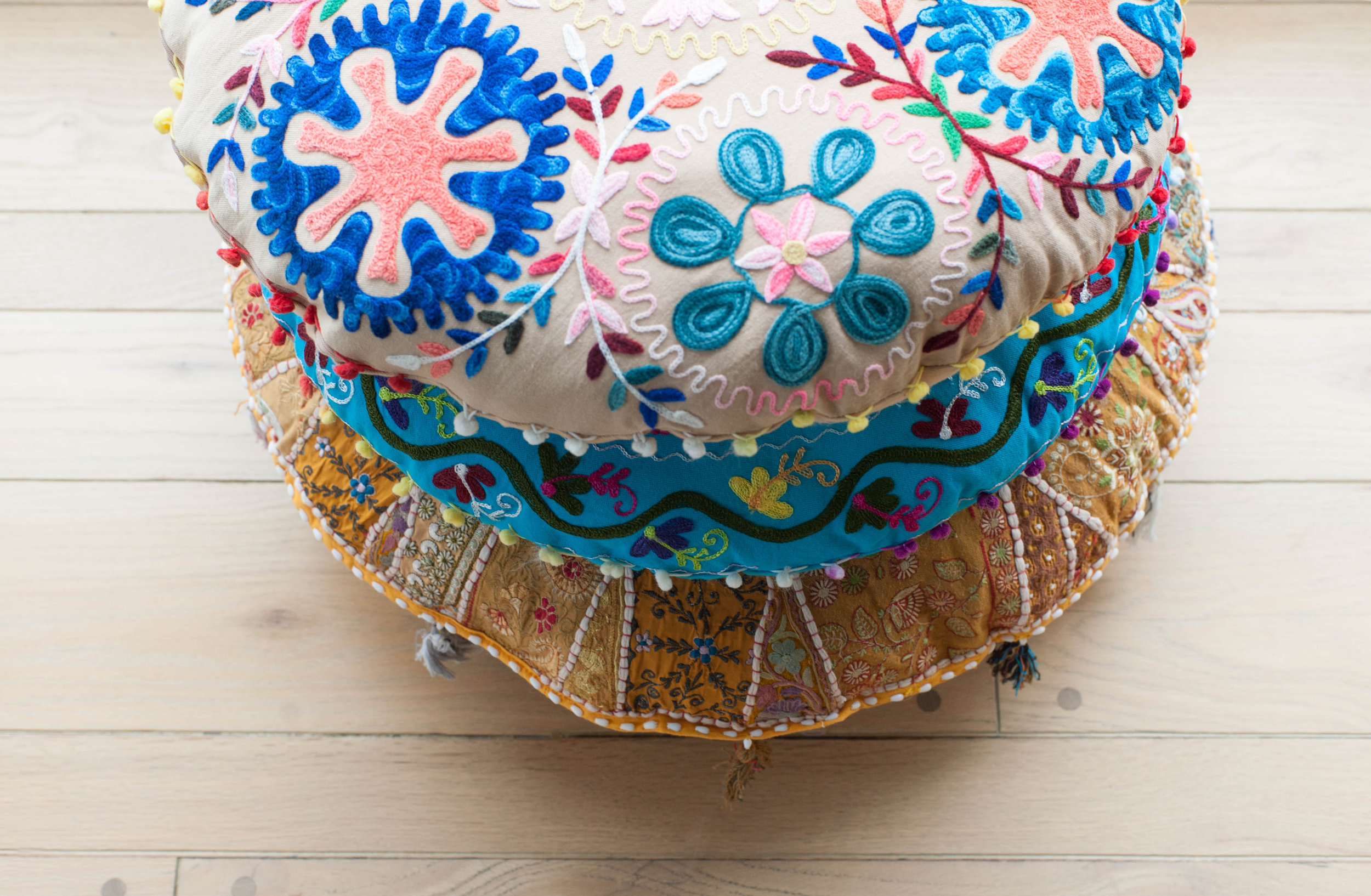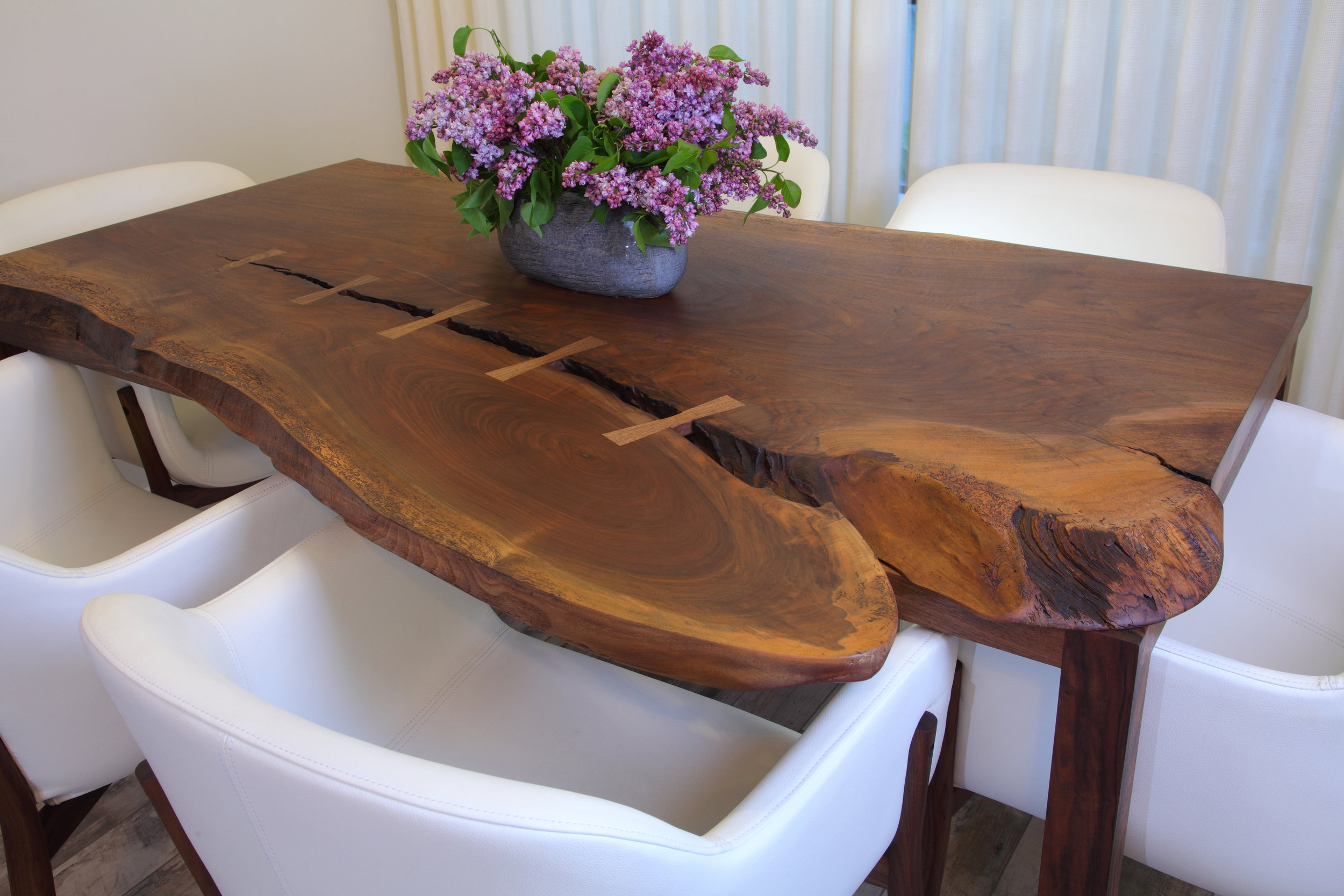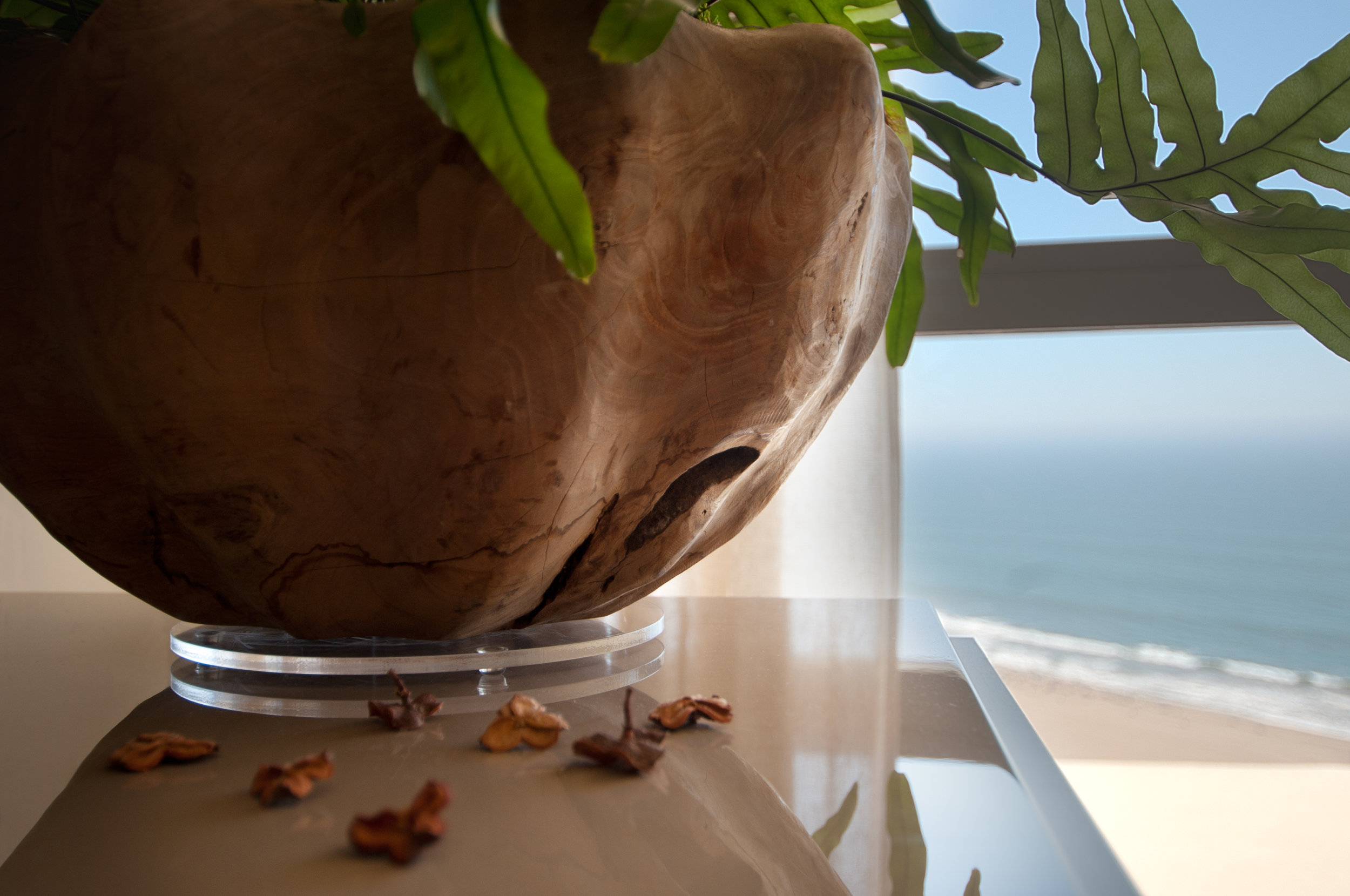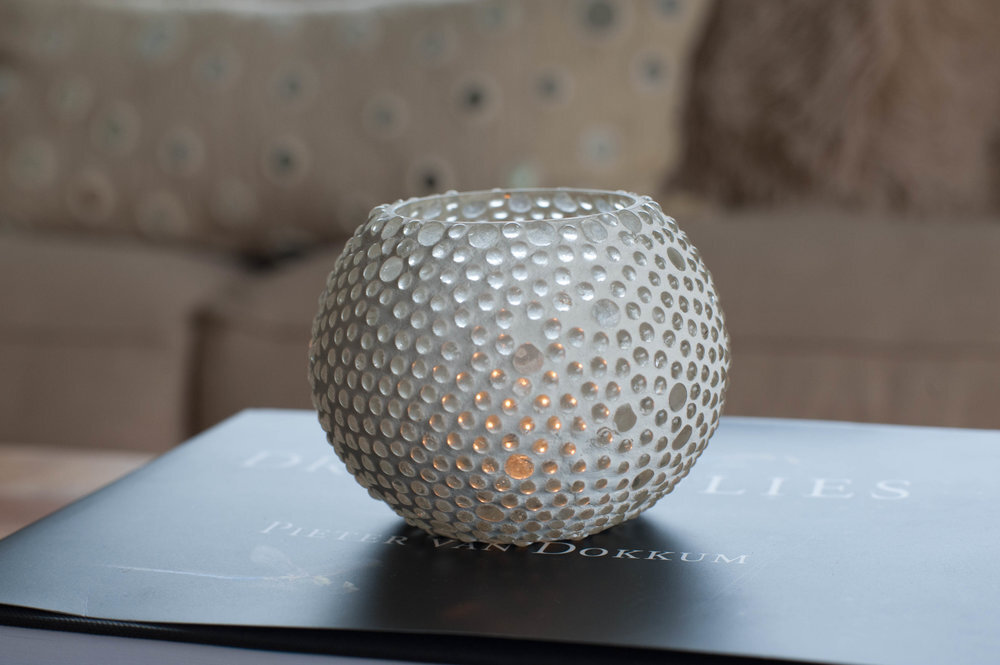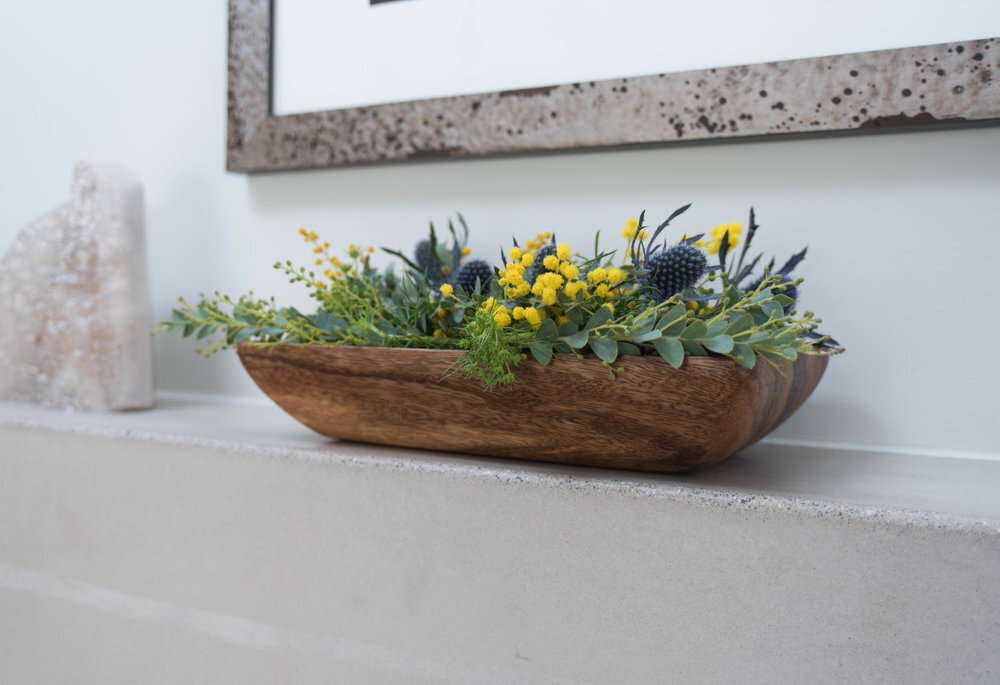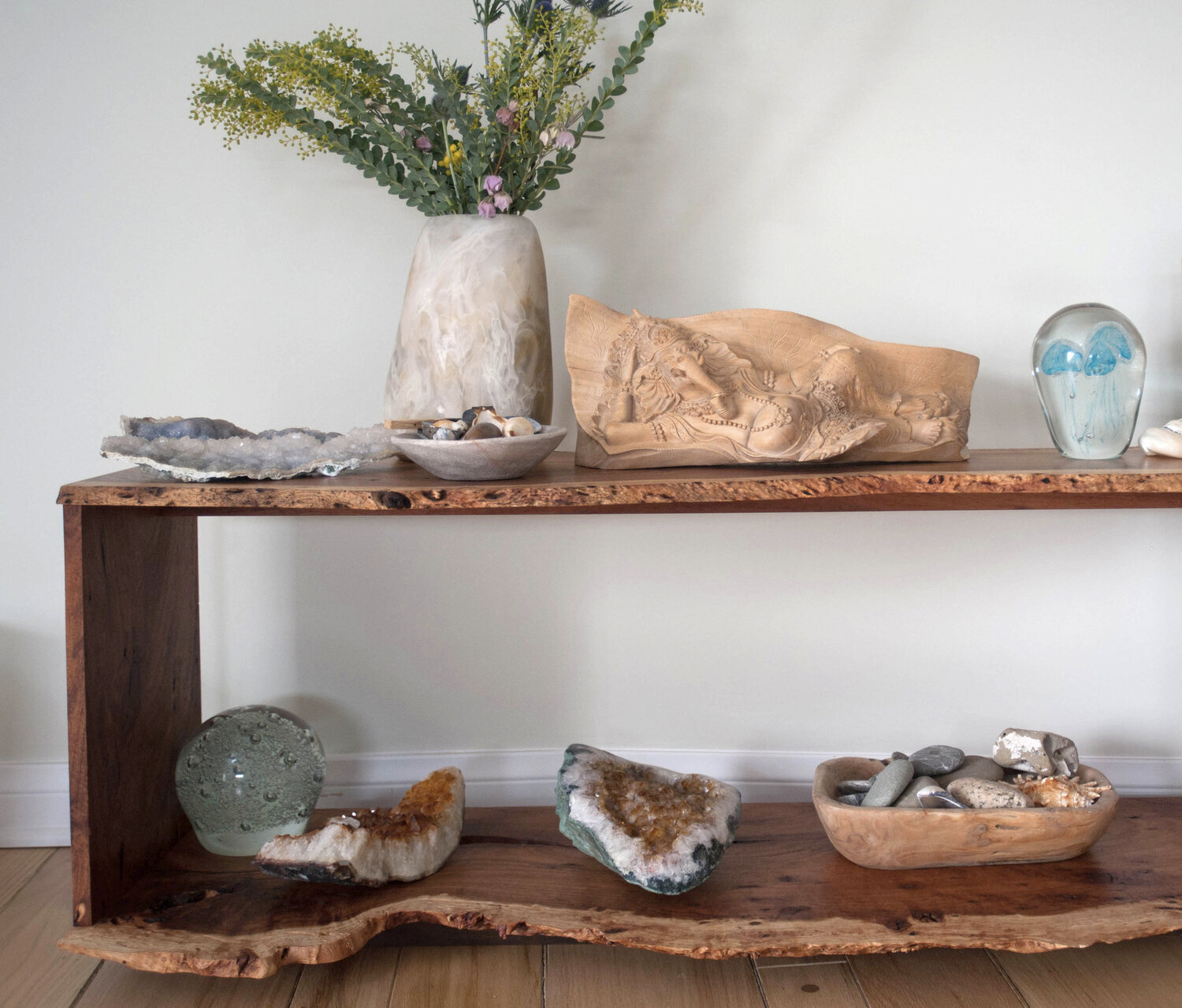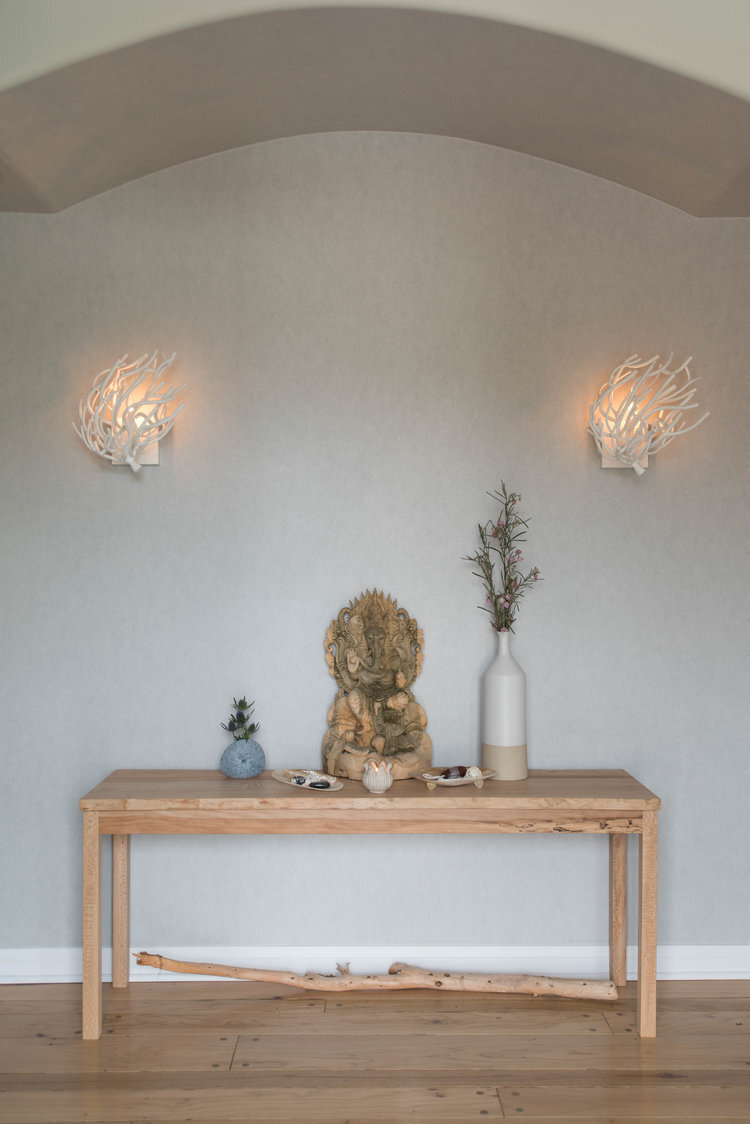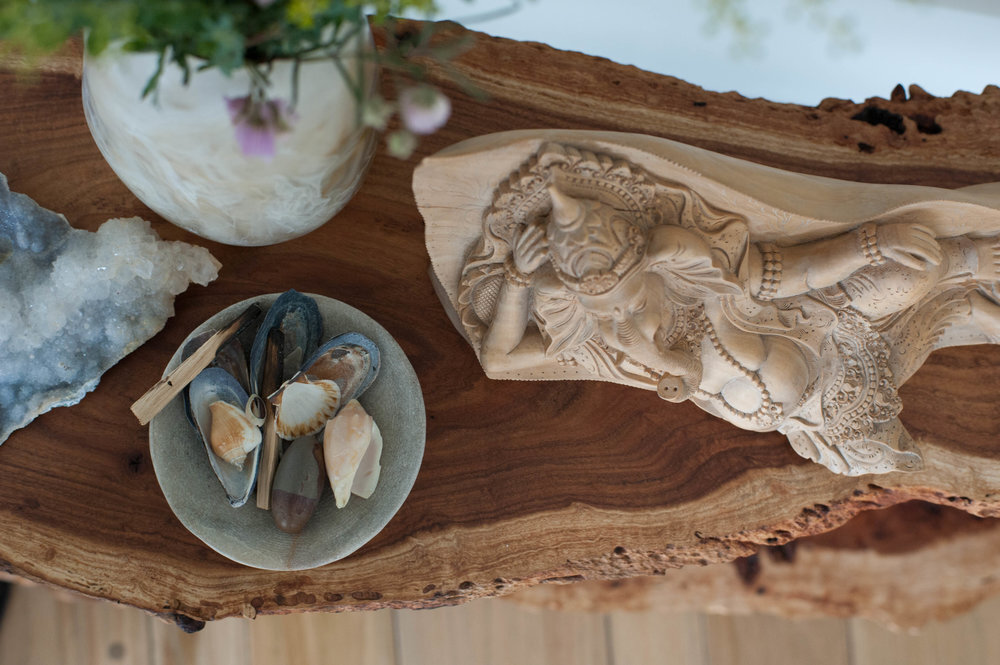Rewilding: Reconnecting our hearts and homes to nature
/Rewilding has become a popular way in which we can reconnect with nature by restoring the native flora and fauna around our homes. This process has the potential to create a patchwork of thriving biodiversity within our neighborhoods that provides sanctuary and passage for pollinators and native wildlife. Rewilded environments also have an effect on us, they reconnect us by bringing the beautiful gift of nature directly to us every day. We can adopt this concept of rewilding within ourselves and within our homes, to create a living space that is a true reflection of what we want our inner world to be.
desert cottontail (Sylvilagus audubonii)
The term rewilding is usually associated with “restoring an area of land to its natural uncultivated state”(1) and is most commonly associated with yards and gardens. Some steps in the process of rewilding include, replacing your lawn with native and non-invasive species to create a meadow, adding bird boxes, bird feeders, or a water feature. Rewilding has become a popular option for home gardens as it is also eco-friendly. Planting native plants and embracing where they decide to grow alongside replacing herbicides and pesticides with natural solutions restore the natural habitat and biodiversity of local neighborhoods, attract pollinators and create sanctuary and corridors for wildlife to safely travel through urban environments.
There is a growing consensus that rewilding can benefit us as well. In contemporary life, we can often feel disconnected from the natural world and see it as something separate from us. But the natural world is our world, and we are reminded of this every time we immerse ourselves in it. Rewilding brings nature to our homes for us to enjoy every day. Fostering an ecosystem and connecting with nature even through something as simple as watching the birds and animals in our yard cultivates mindfulness and joy. The process of rewilding also encourages us to let go of ideas of perfection embodied by a perfectly manicured garden and embrace the beauty of a natural, wild landscape.
a variety of Parasola mushroom
Rewilding your garden can also act as a “social pollinator”(2), that encourages engagement and conversation with your neighbors and others in the community, creating another form of connection and belonging.
a beautiful sculpture made from dried California native plants such as Santa Cruz Island Buckwheat and White Sage hangs above the bed frame, crafted from sustainably harvested solid oak, reinforcing the connection with the natural landscape outside.
But why stop at rewilding your garden? This concept can also be applied to our interiors, to create a home that uniquely supports us in the ways that we want to live. Like a rewilded garden, an interior world that is wild and free from self-judgments or preconceived ideas influenced by social media or design norms uncovers what we truly need our living spaces to be. It's most beneficial to design a home that uniquely supports you in the ways that you live and the things that you do. Creating a three-dimensional portrait of your best authentic self, past present future can help us live our best life, inspiring feelings of contentment, joy, and mindfulness.
Five tips for Rewilding your home:
- One of the ways in which we can embrace the concept of rewilding within our home is through biophilic design. Biophilia is the “innate human instinct to connect with nature and other living beings”(3) and can be incorporated into our home design through materials and imagery of the natural world.
This Kitchen features custom COUNTER TOPS SPECIFIED TO REACH THE CLIENTS IDEAL HEIGHT FOR FOOD PREPARATION. CABINETS MADE IN COLLABORATION WITH A LOCAL ARTISAN ARE PAINTED IN A WARM GREY TO BRING OUT THE DOVE TONES IN THE MARBLE. painting by Kaoru Mansour.
- Similar to how a rewilded garden is free to grow unconstrained by its surrounding environment, ergonomic design can be integrated into our homes to custom craft interiors that uniquely fit us and how we utilize space. This can range from something as simple as customizing the height of kitchen countertops, bespoke furniture or bedding, and wall switch locations to sensory considerations such as environmental sounds, tactility, and color choice.
artwork by Renae Barnard hangs above a custom concrete fireplace.
- Displaying art or a collection of treasured objects is a beautiful and meaningful way in which we can reflect our interests and passions, creating emotional experiences and mindful spaces throughout our homes.
this WELLNESS ROOM TAKES ADVANTAGE OF SWEEPING OCEAN VIEWS AND AMPLE NATURAL LIGHTING to create a space for rest and rejuvenation. A WOODEN BENCH MADE BY A LOCAL ARTISAN DISPLAYS ART BY KAREN SIKIE, which provides A CALMING, NATURE INSPIRED BACKDROP FOR YOGA OR MEDITATION.
- The concept of rewilding can also be adopted to create an interior that reflects our core beliefs or contributes to the achievement of lifestyle goals. This can take the form of choosing eco-friendly or vegan materials, installing sustainable infrastructure and appliances, or creating a dedicated meditation space.
painting by Kaoru Mansour and custom table made in collaboration with a local artisan.
- Choosing an interior designer who adopts an empathetic approach to guide you through the process of rewilding your home is essential. Someone who will meet you where you are, and create innovative ideas that are designed uniquely for you.
The concept of rewilding has taken off in popularity partially because people are craving to reconnect with nature by cultivating and restoring habitat around their homes. It makes sense to adopt the concept of rewinding to reconnect with ourselves also, outside of the pressures and expectations of social media and design magazines. Then we discover what truly brings us joy within our homes is an expression of our authentic selves, free from judgment.
Sarah Barnard, WELL AP + LEED AP, is a leading designer of personalized, sustainable spaces that support mental, physical, and emotional wellbeing. She creates highly personalized, restorative spaces that are deeply connected to art and the preservation of the environment. An advocate for consciousness, inclusivity, and compassion in the creative process, Sarah has appeared in Architectural Digest, Elle Décor, Vogue, HGTV, and many other publications. In 2017 Sarah was honored as a “Ones to Watch” Scholar by the American Society of Interior Designers (ASID).
References
- Anderton, Frances. “'Rewilding' the Land Brings Back Birds, Bees, Butterflies: Greater La.” KCRW, KCRW, 21 Apr. 2022, https://www.kcrw.com/news/shows/greater-la/earth-day-climate-change/rewilding-native-plants-landscape.
- Anderton, Frances. “'Rewilding' the Land Brings Back Birds, Bees, Butterflies: Greater La.” KCRW, KCRW, 21 Apr. 2022, https://www.kcrw.com/news/shows/greater-la/earth-day-climate-change/rewilding-native-plants-landscape.
Bibliography







